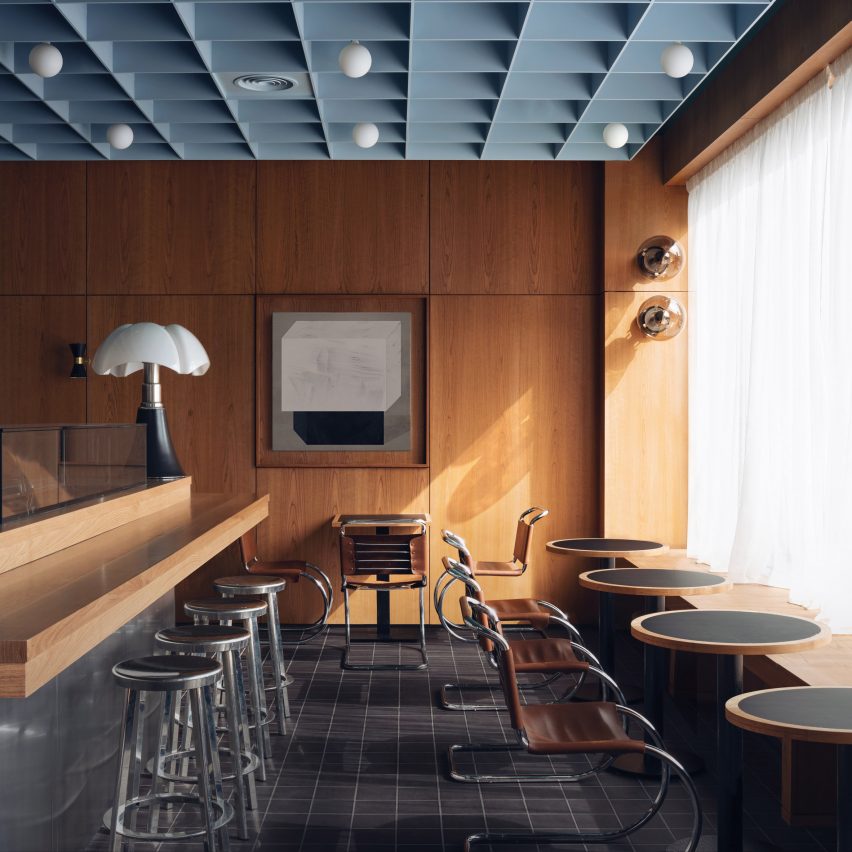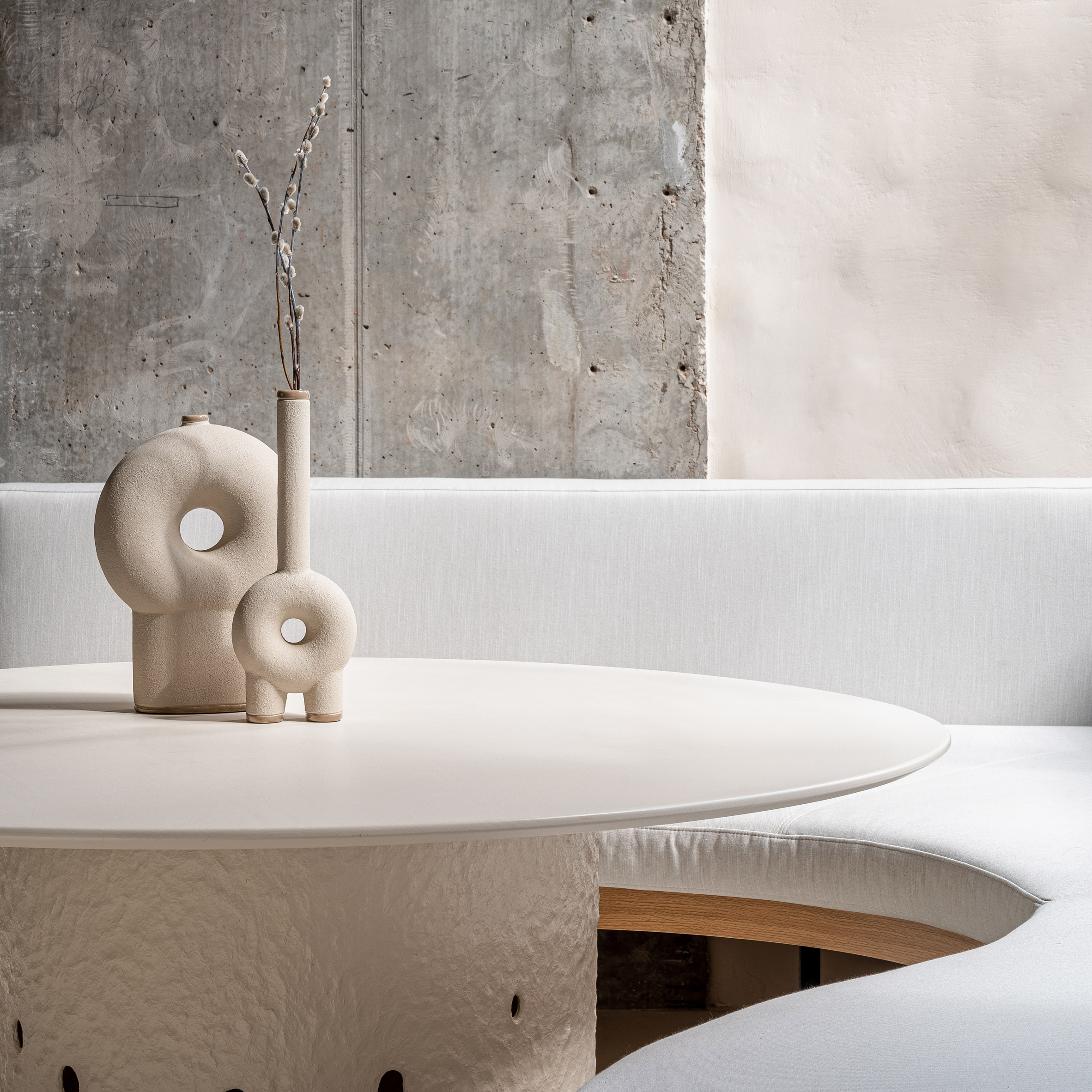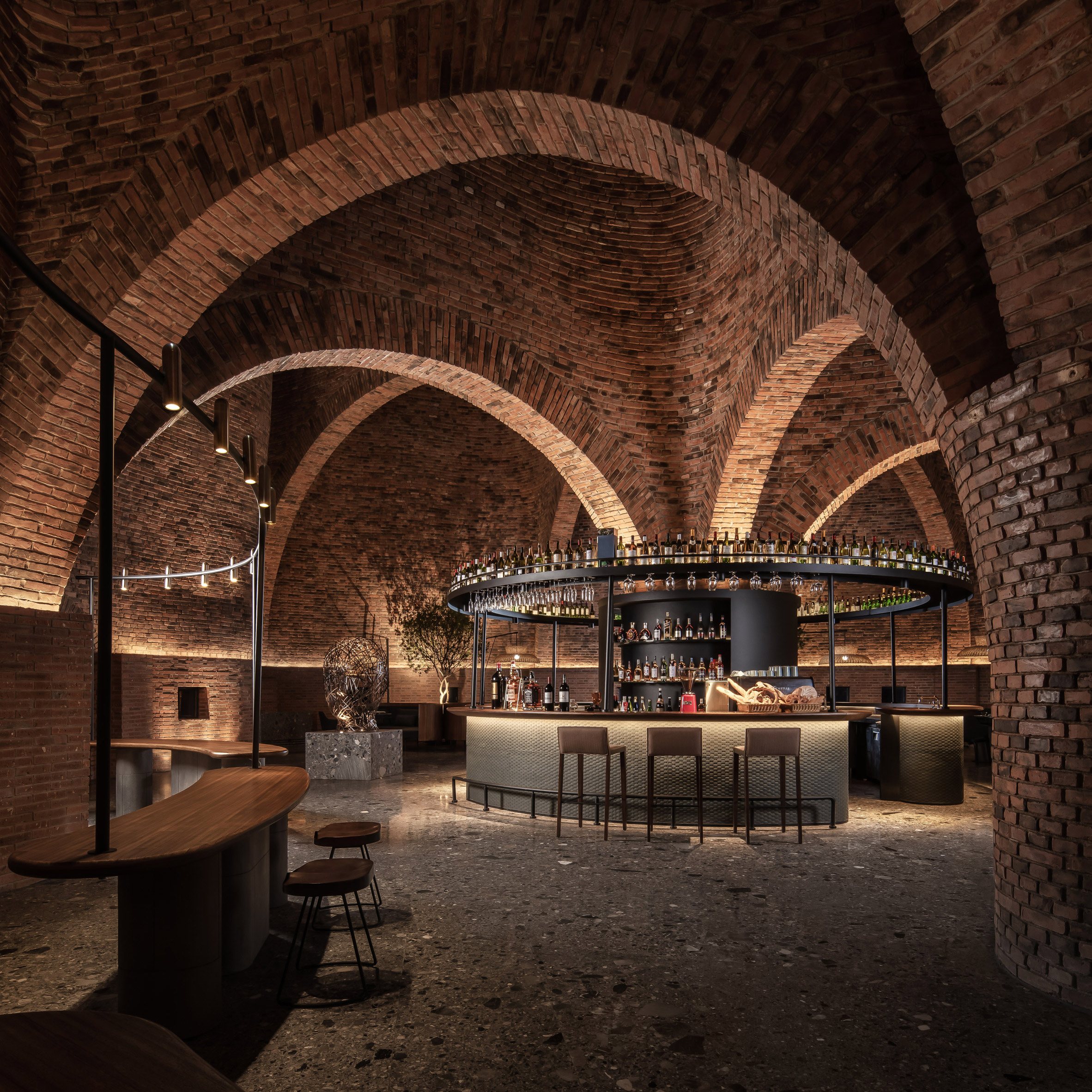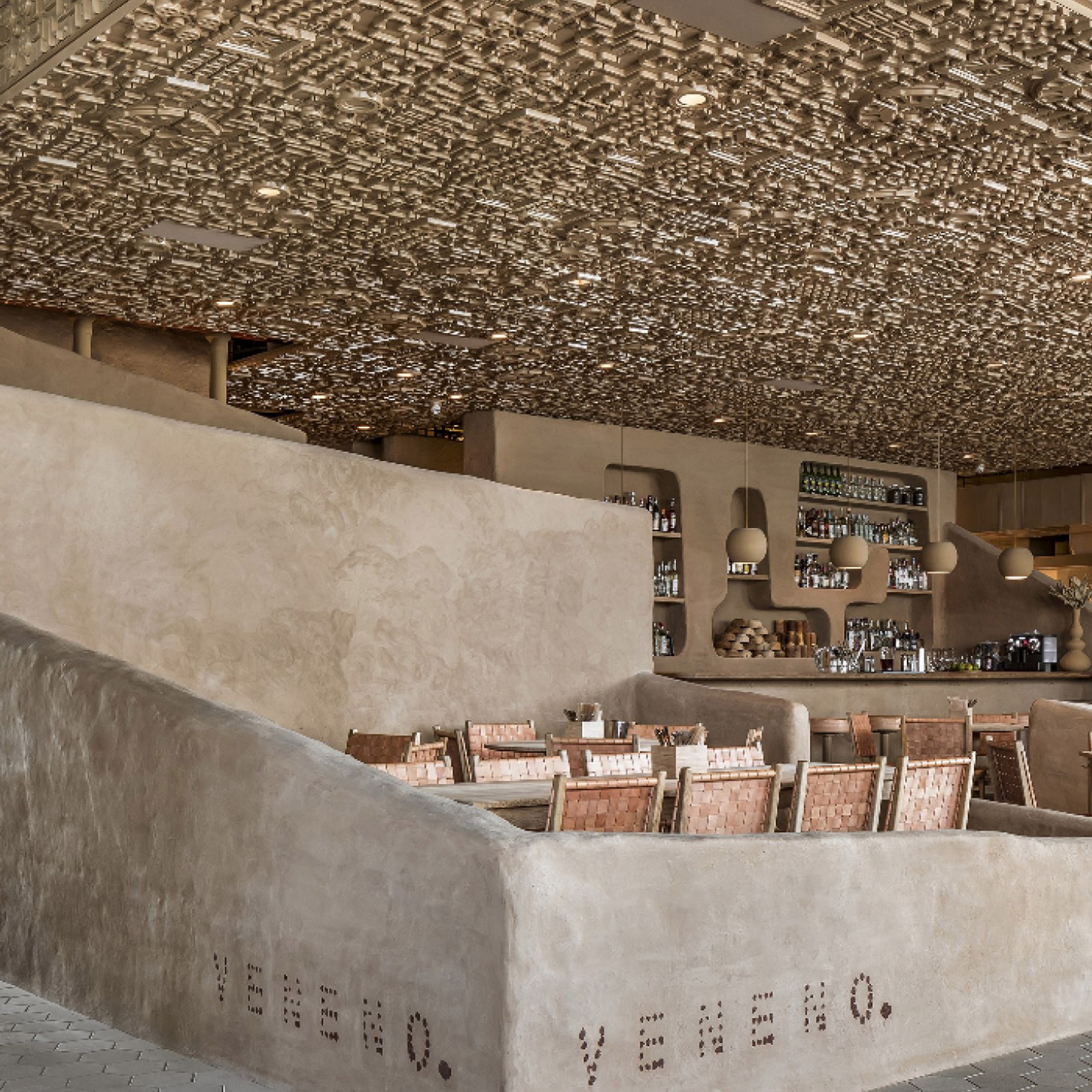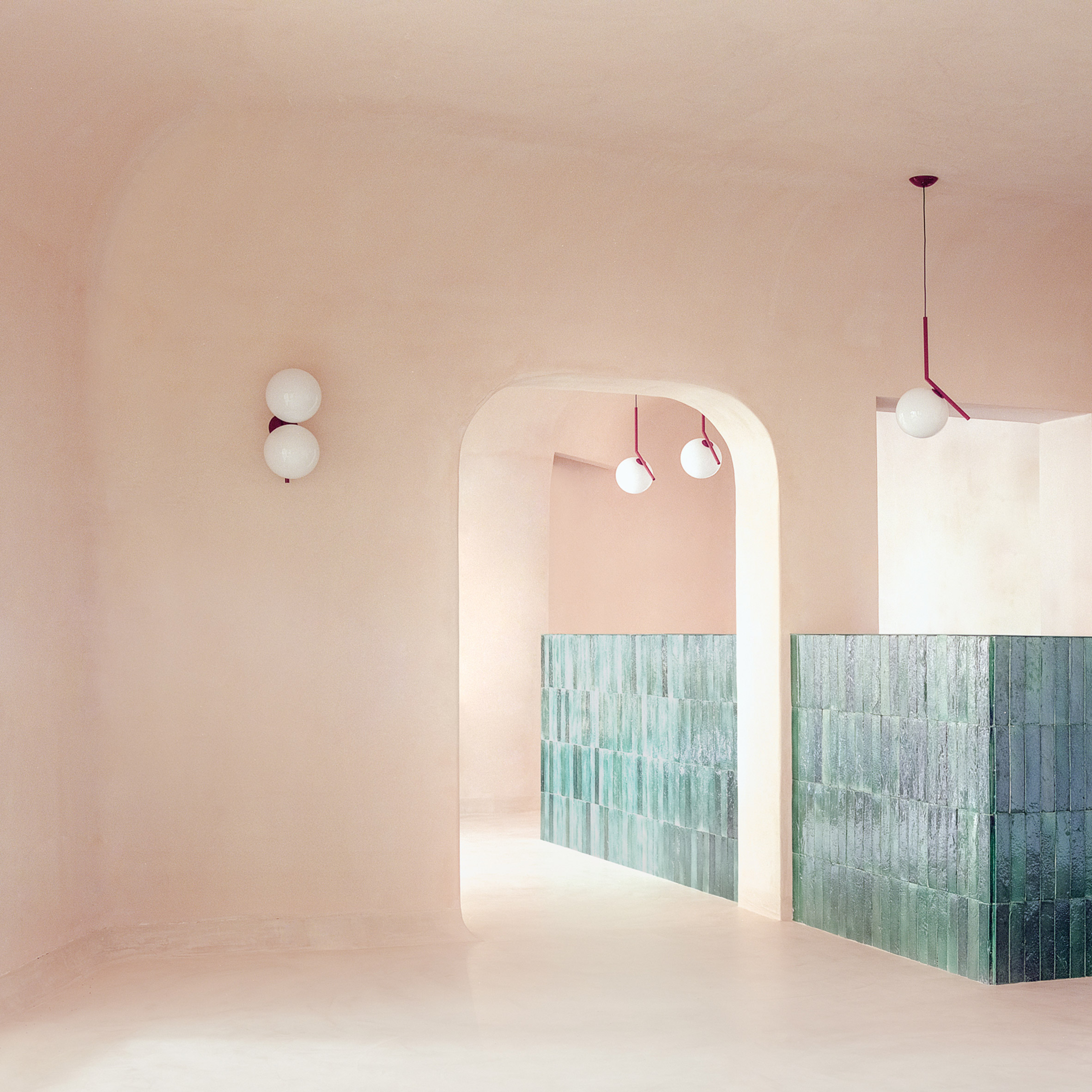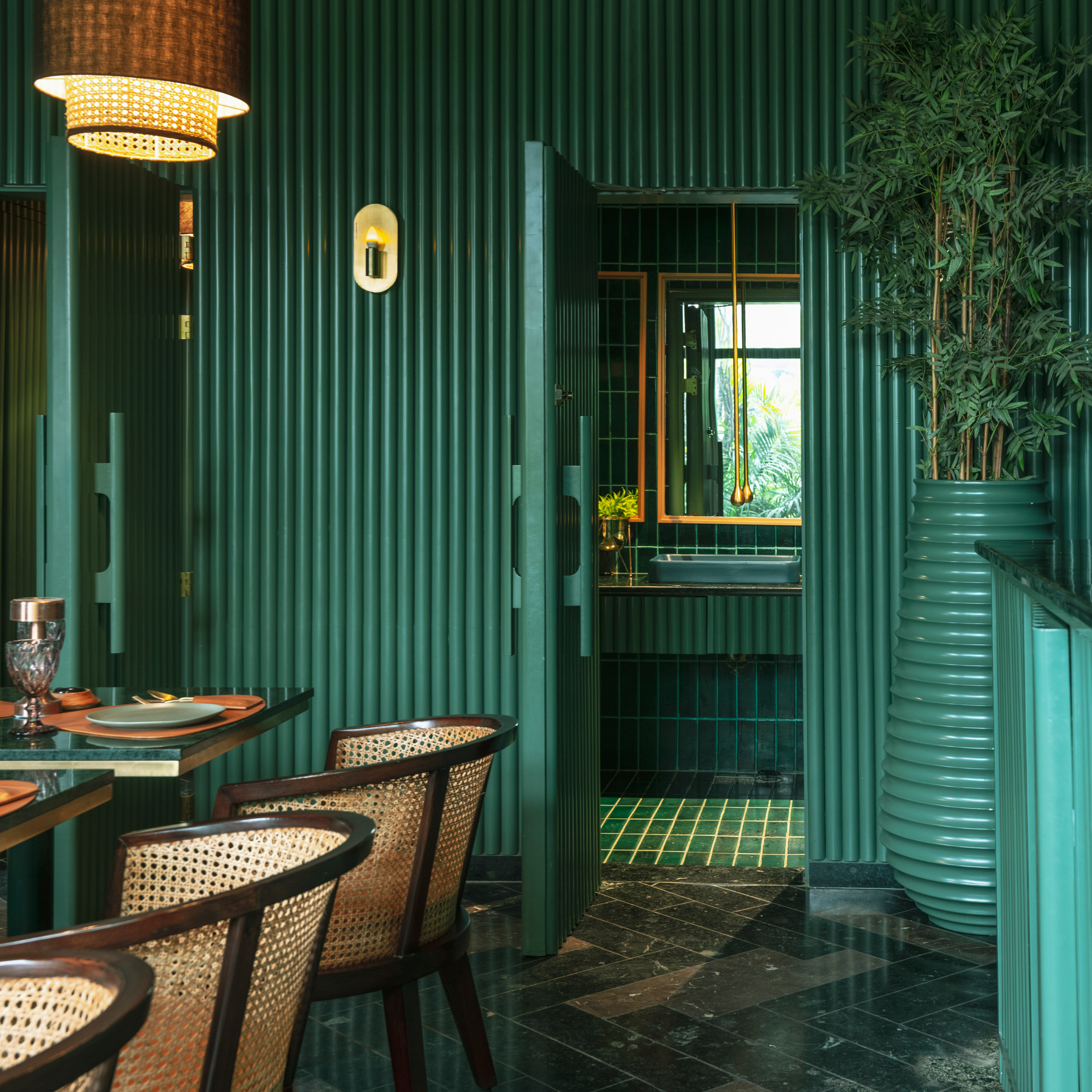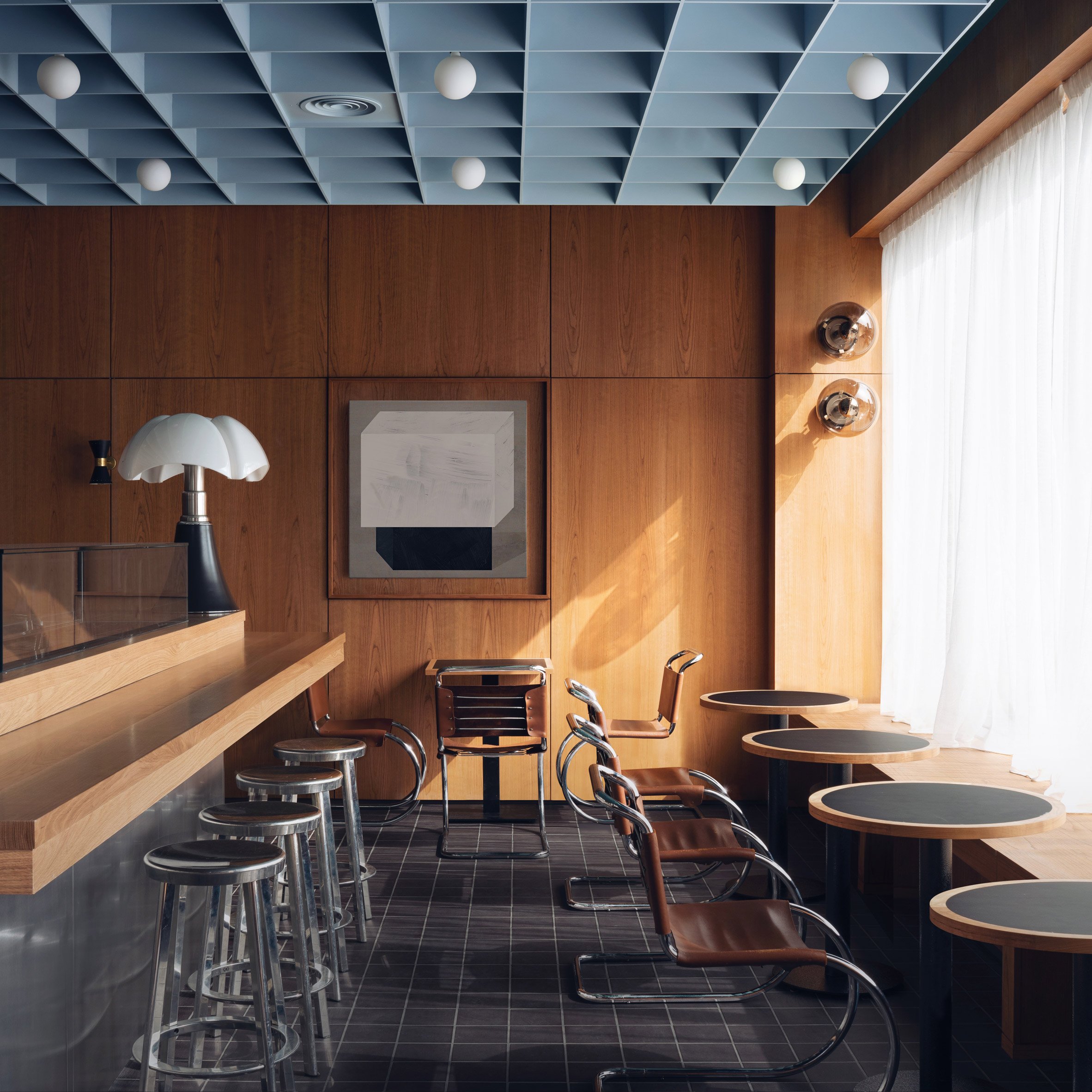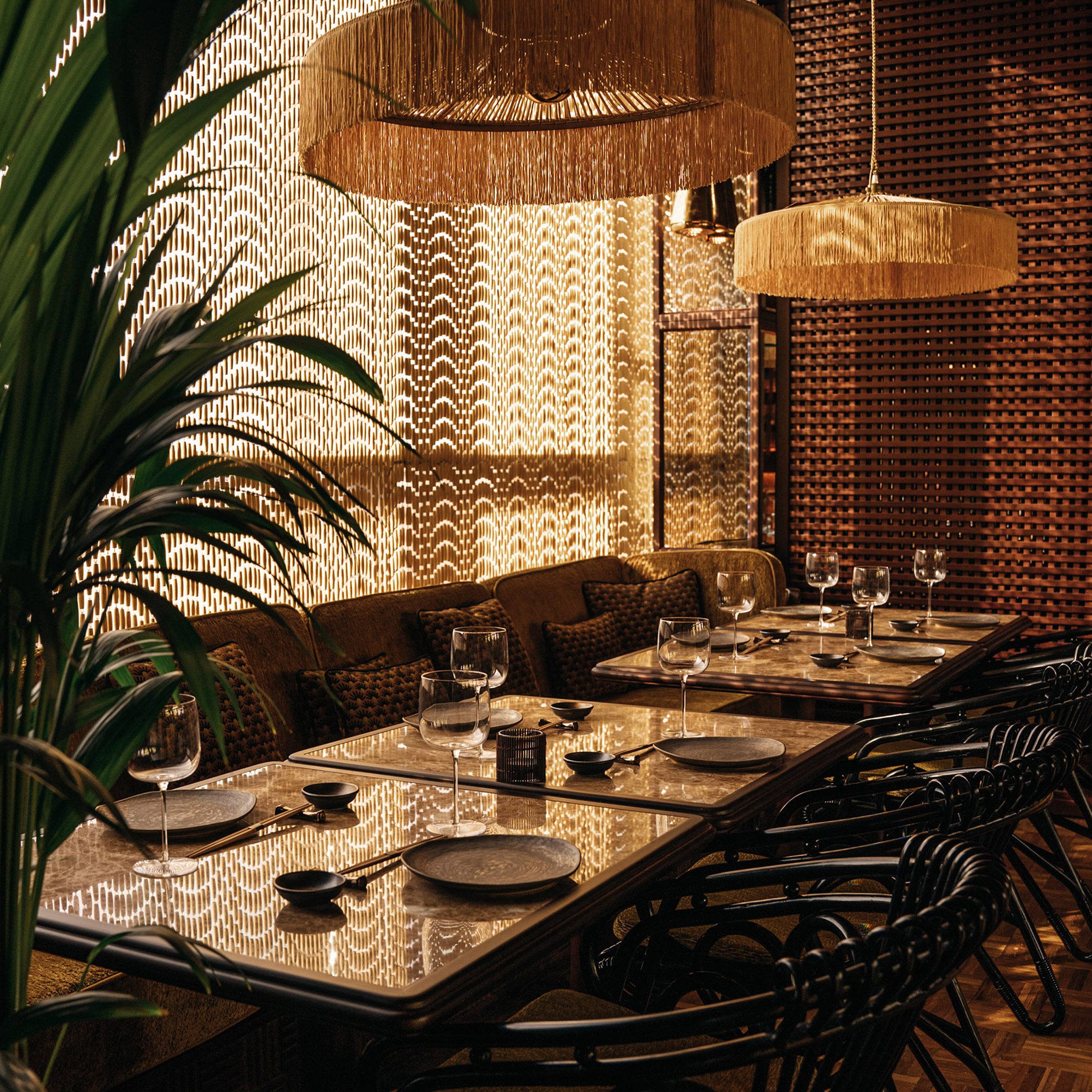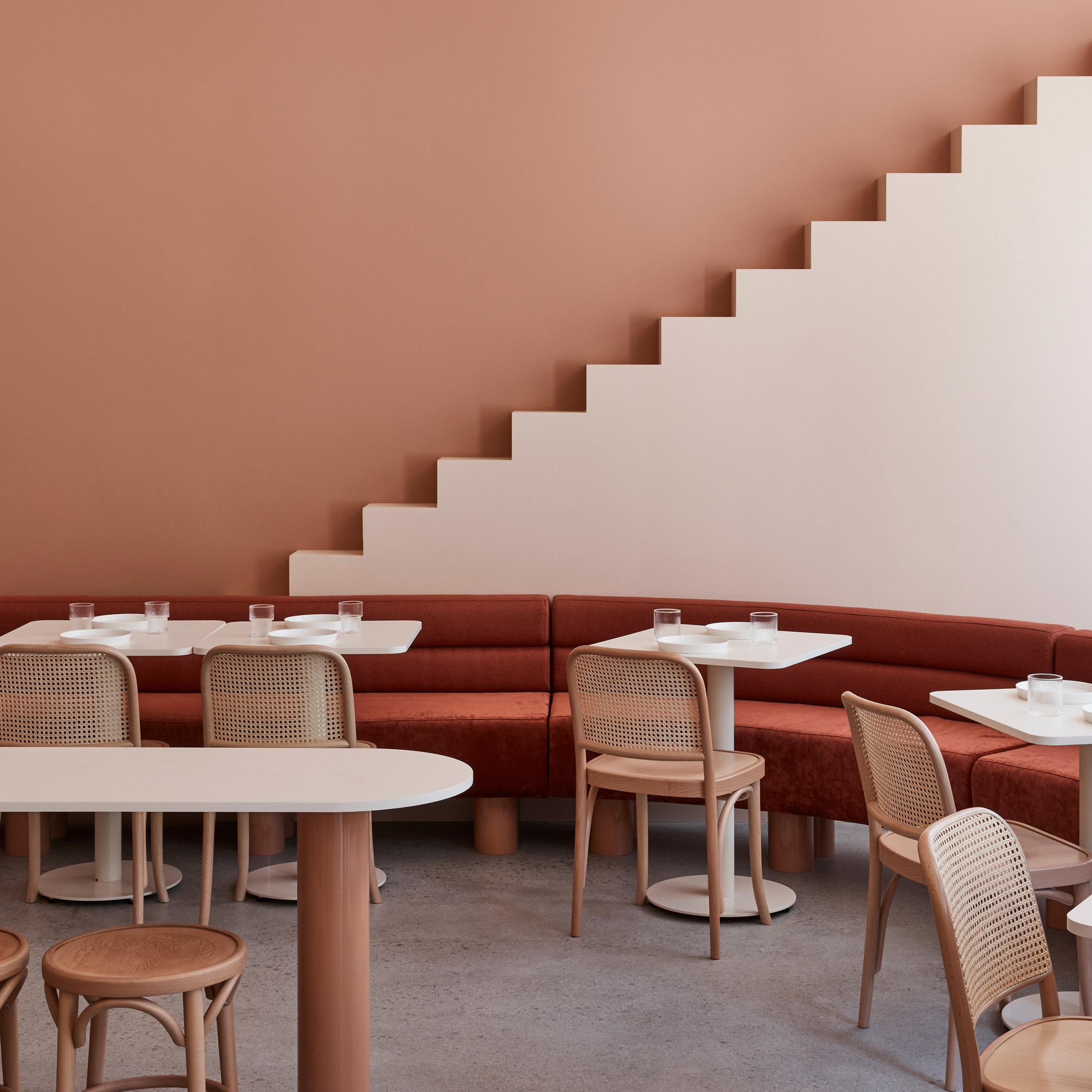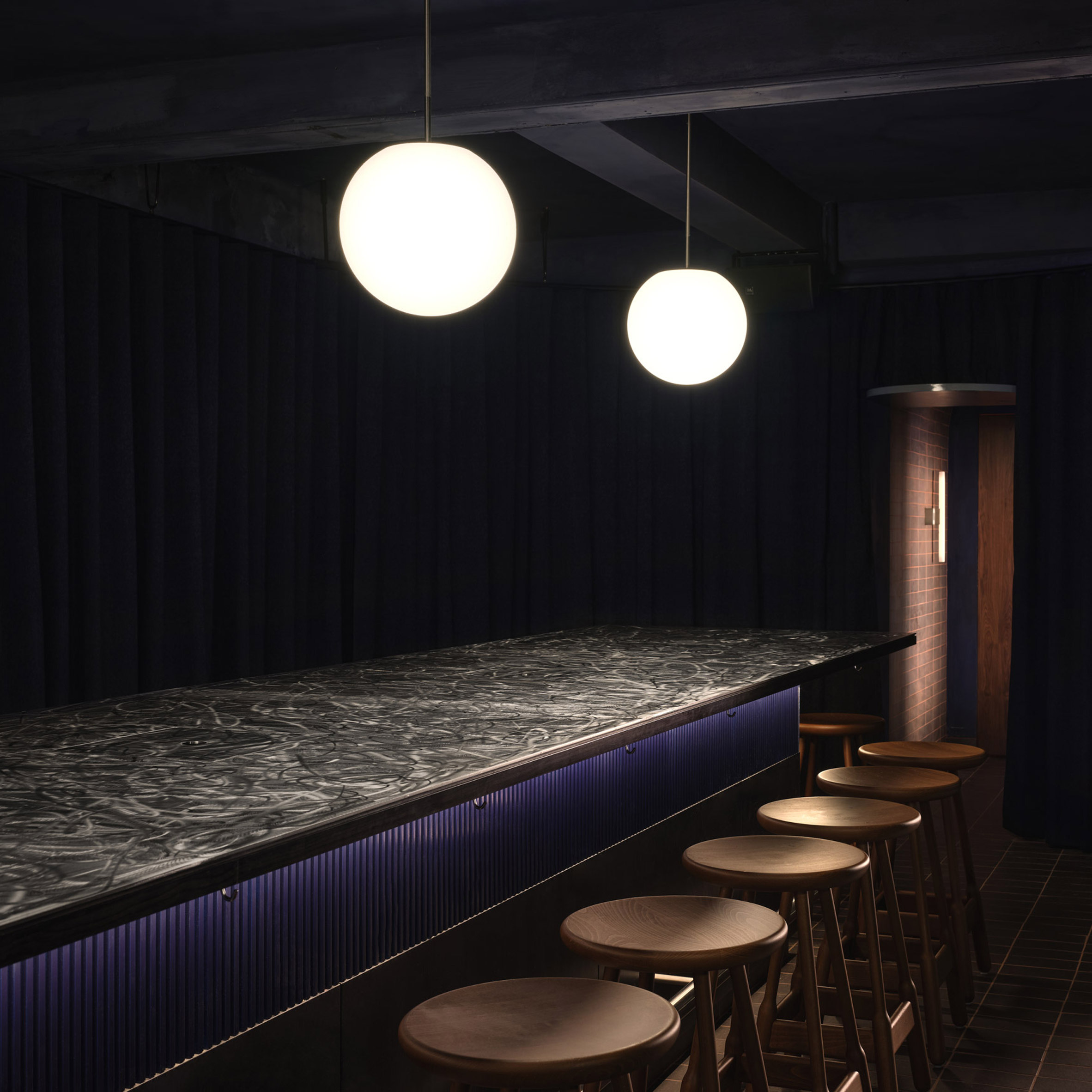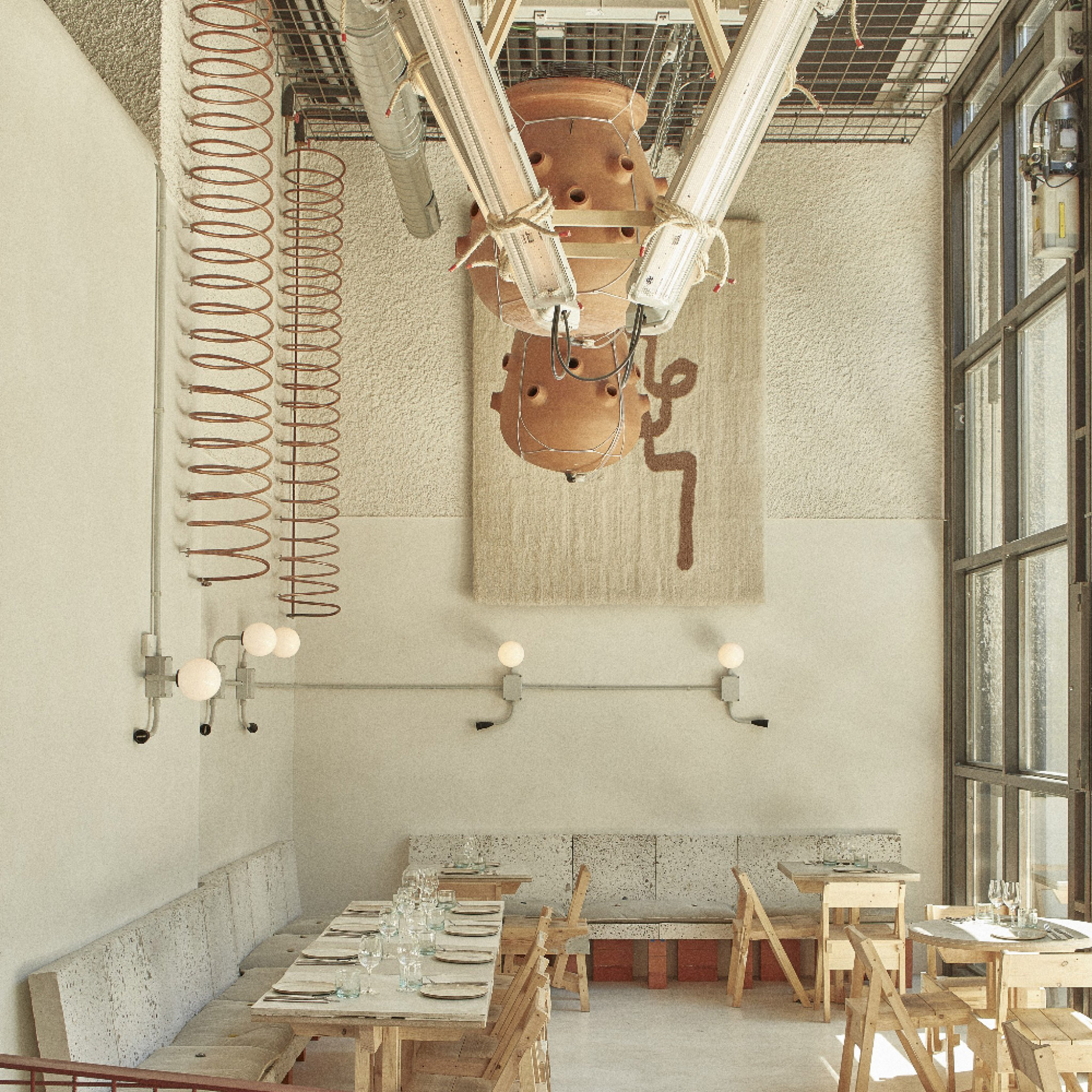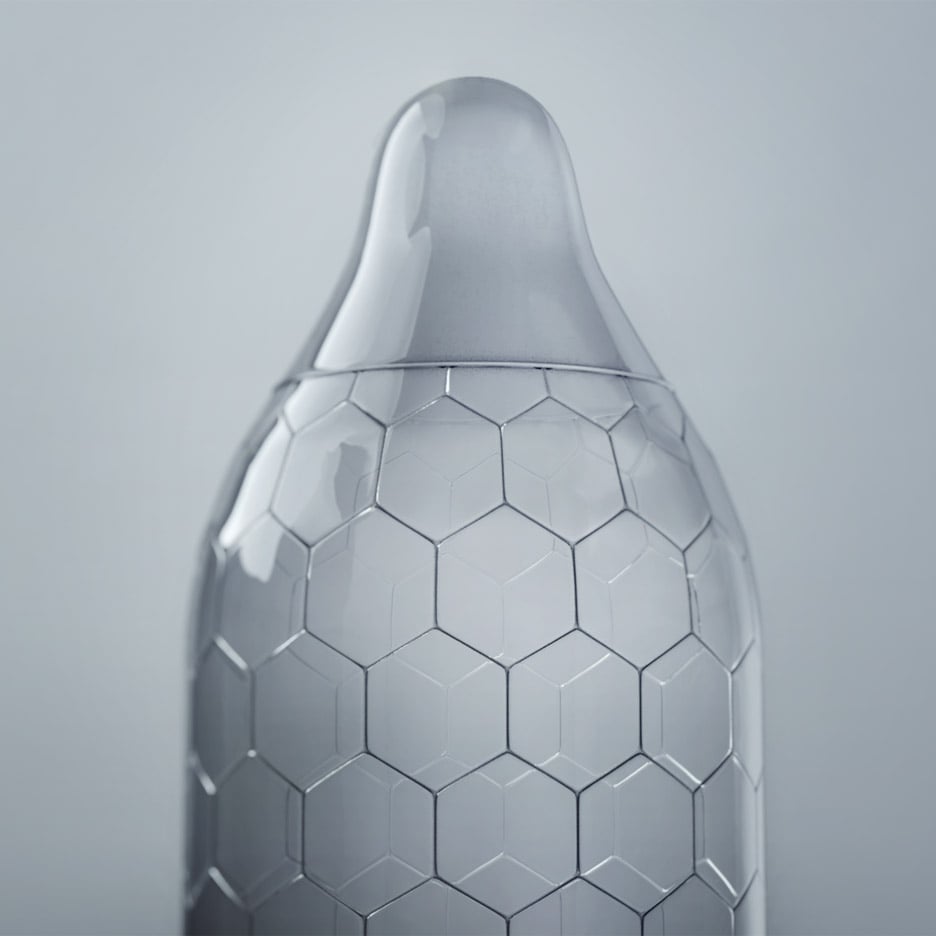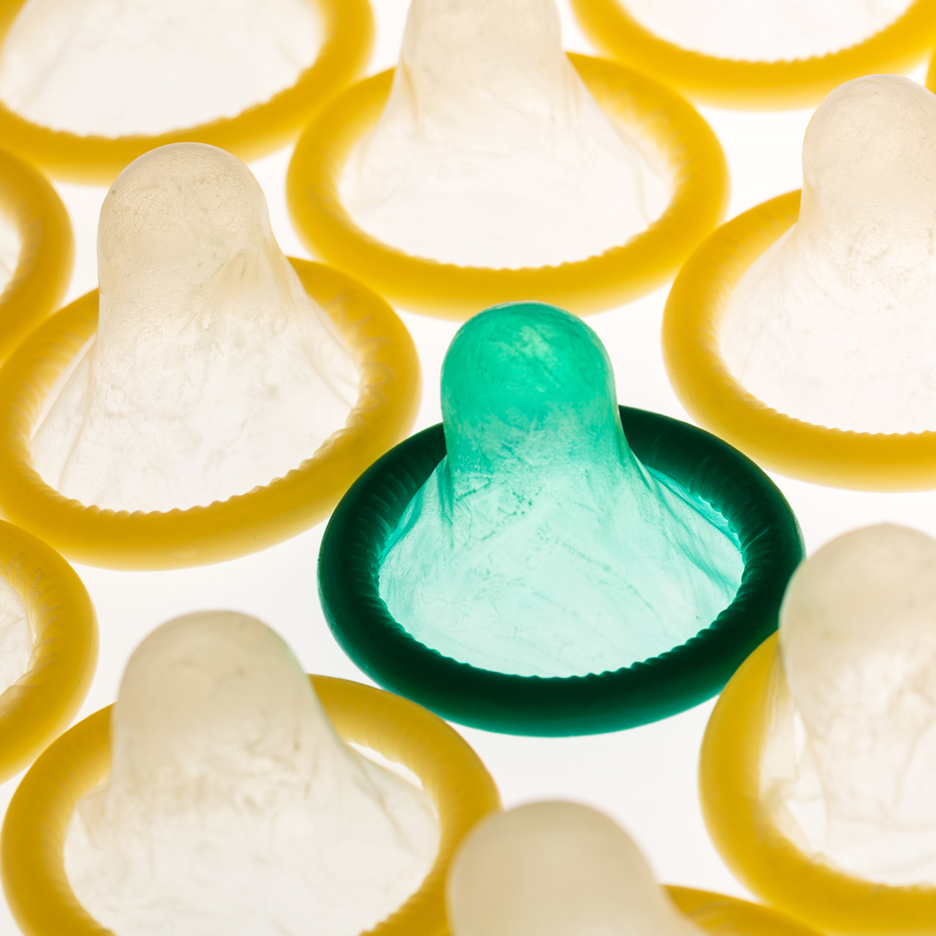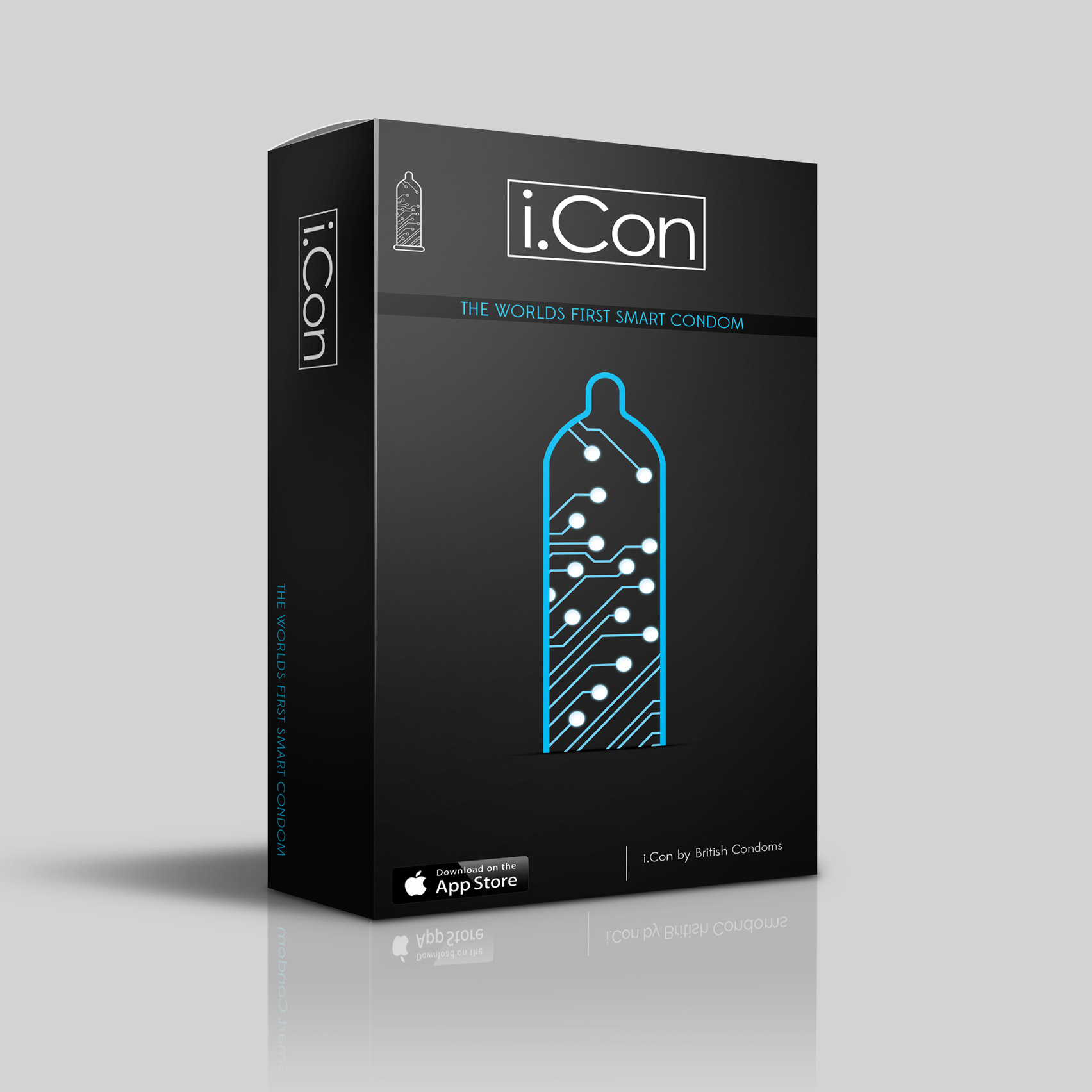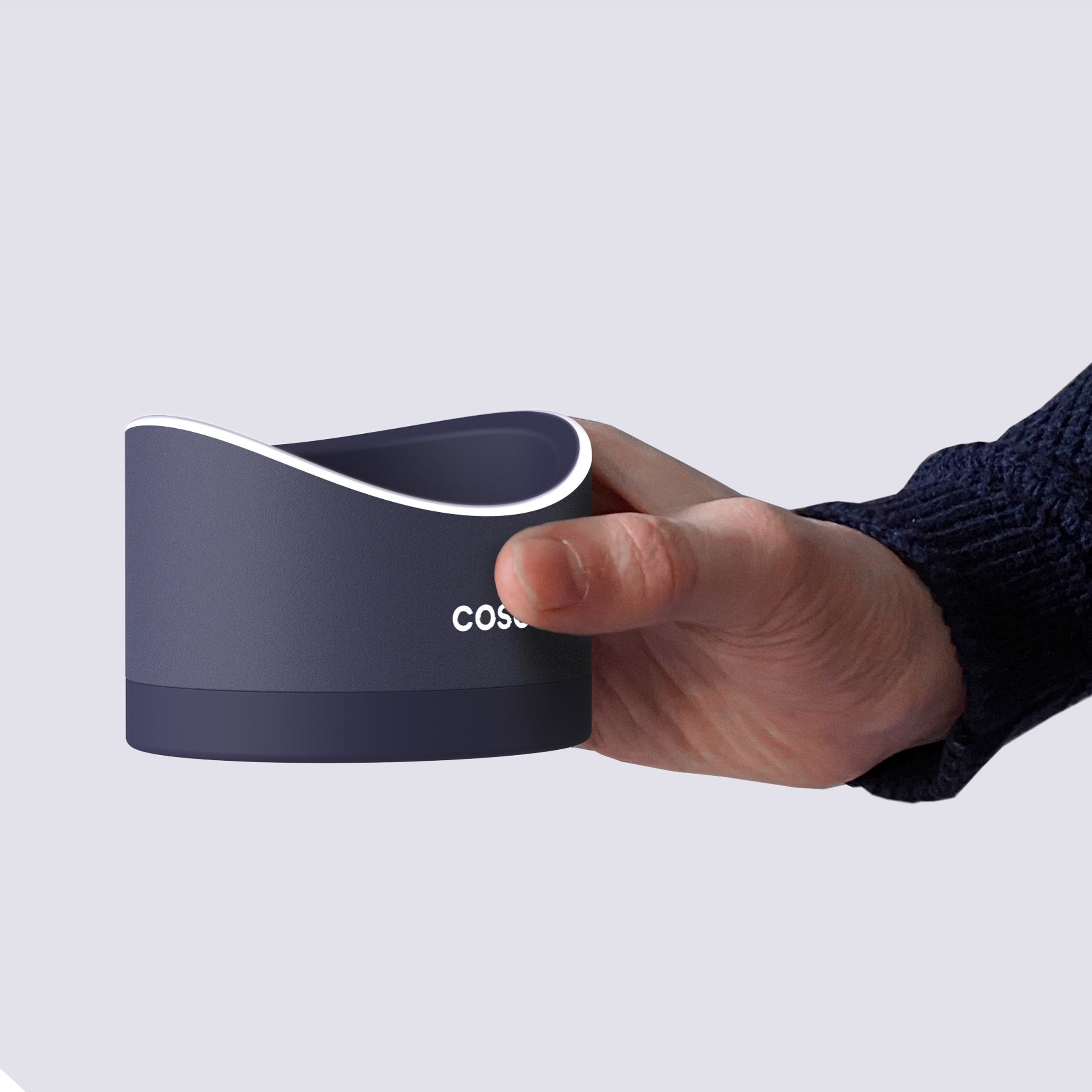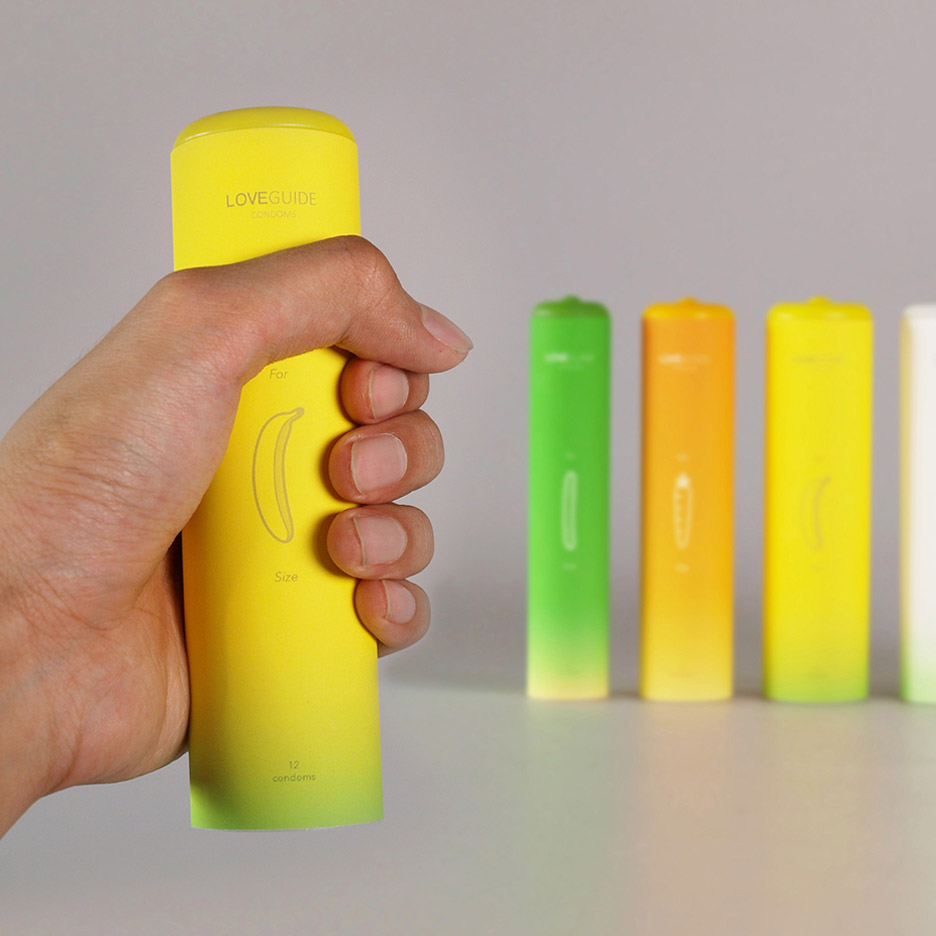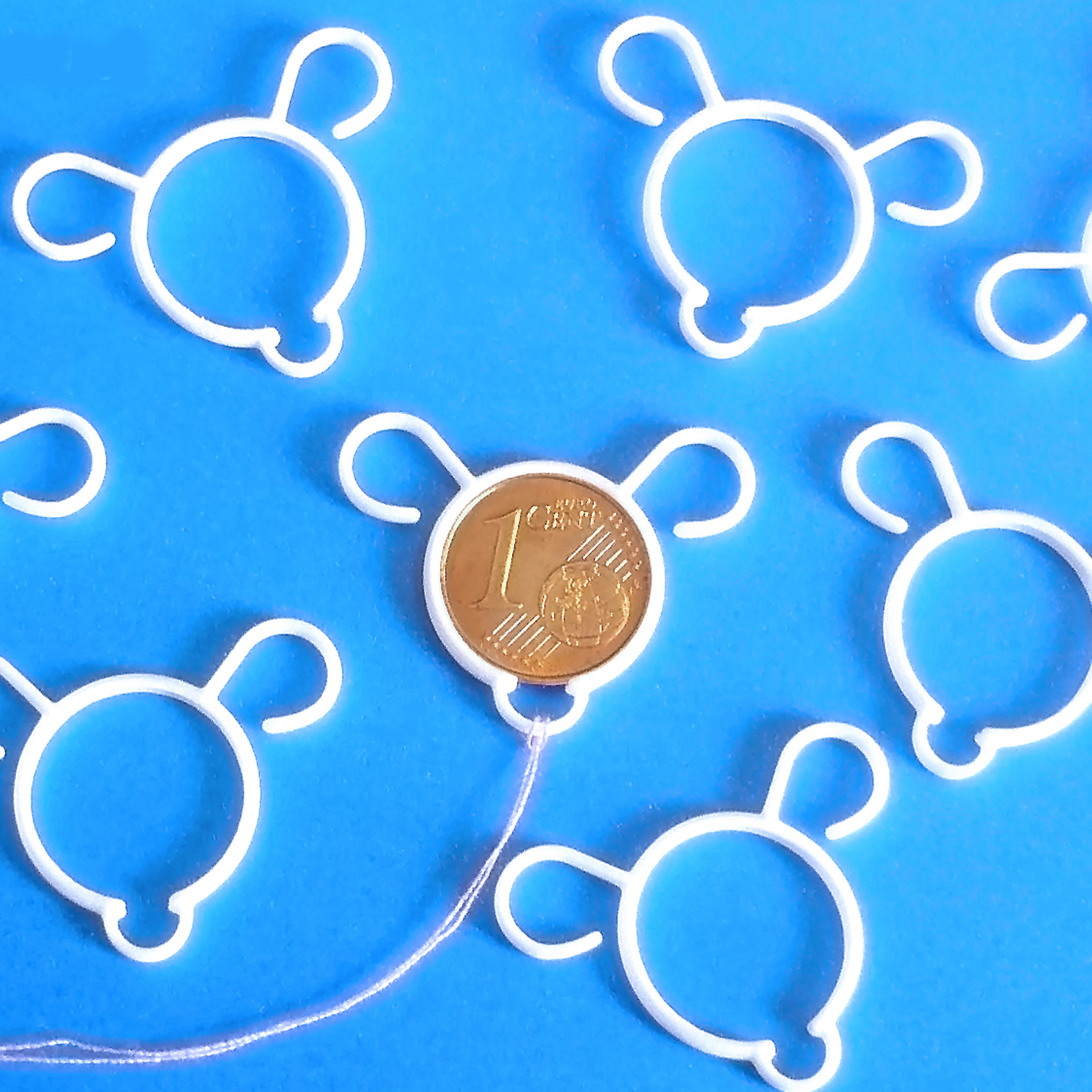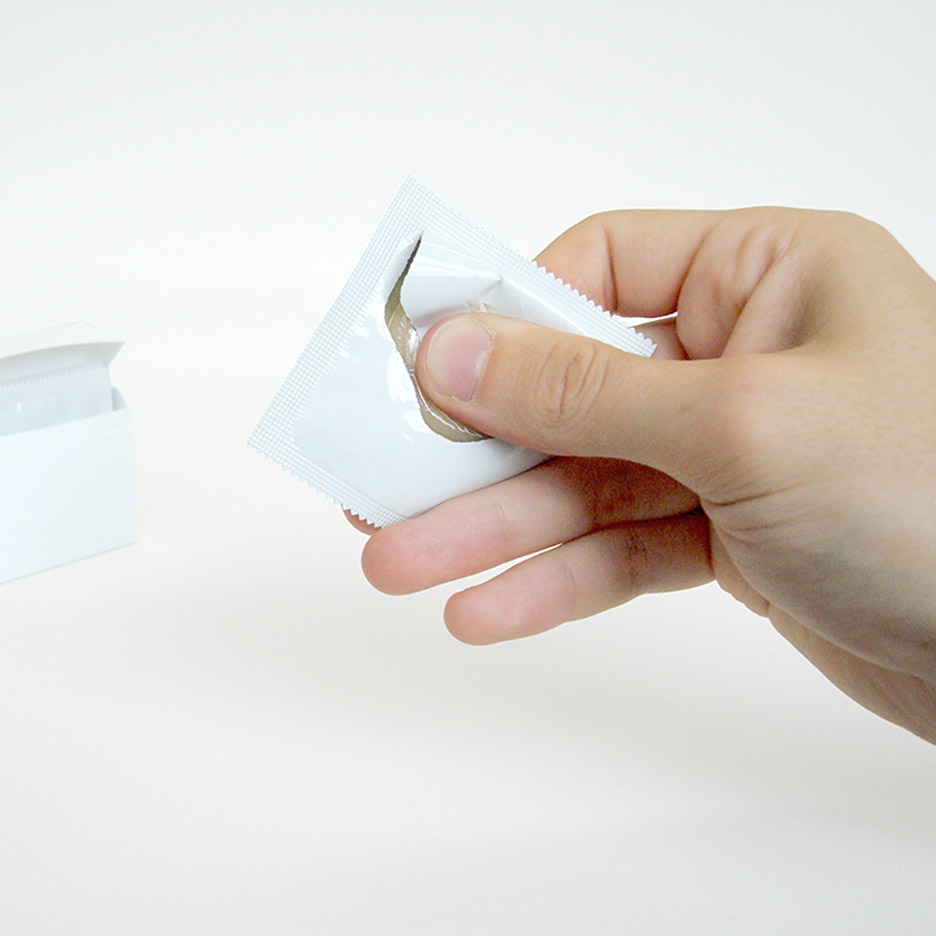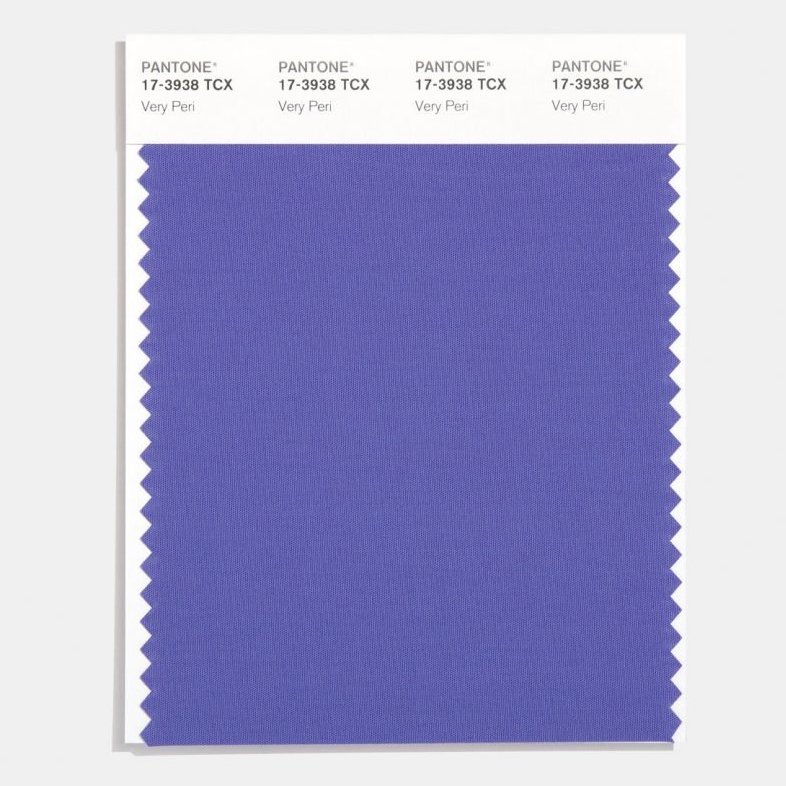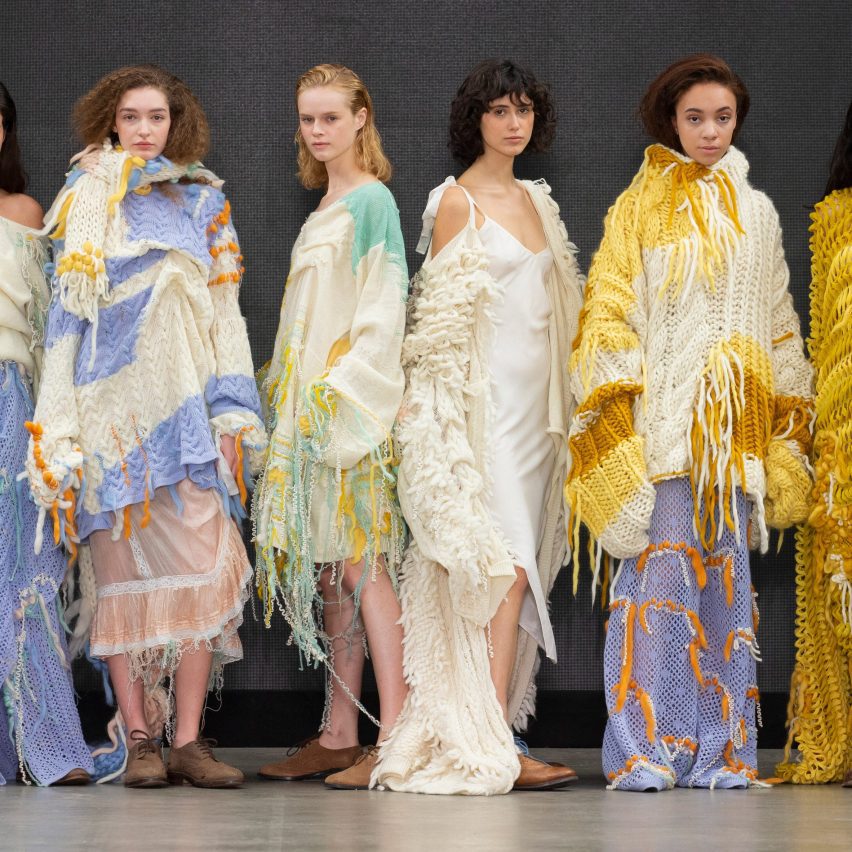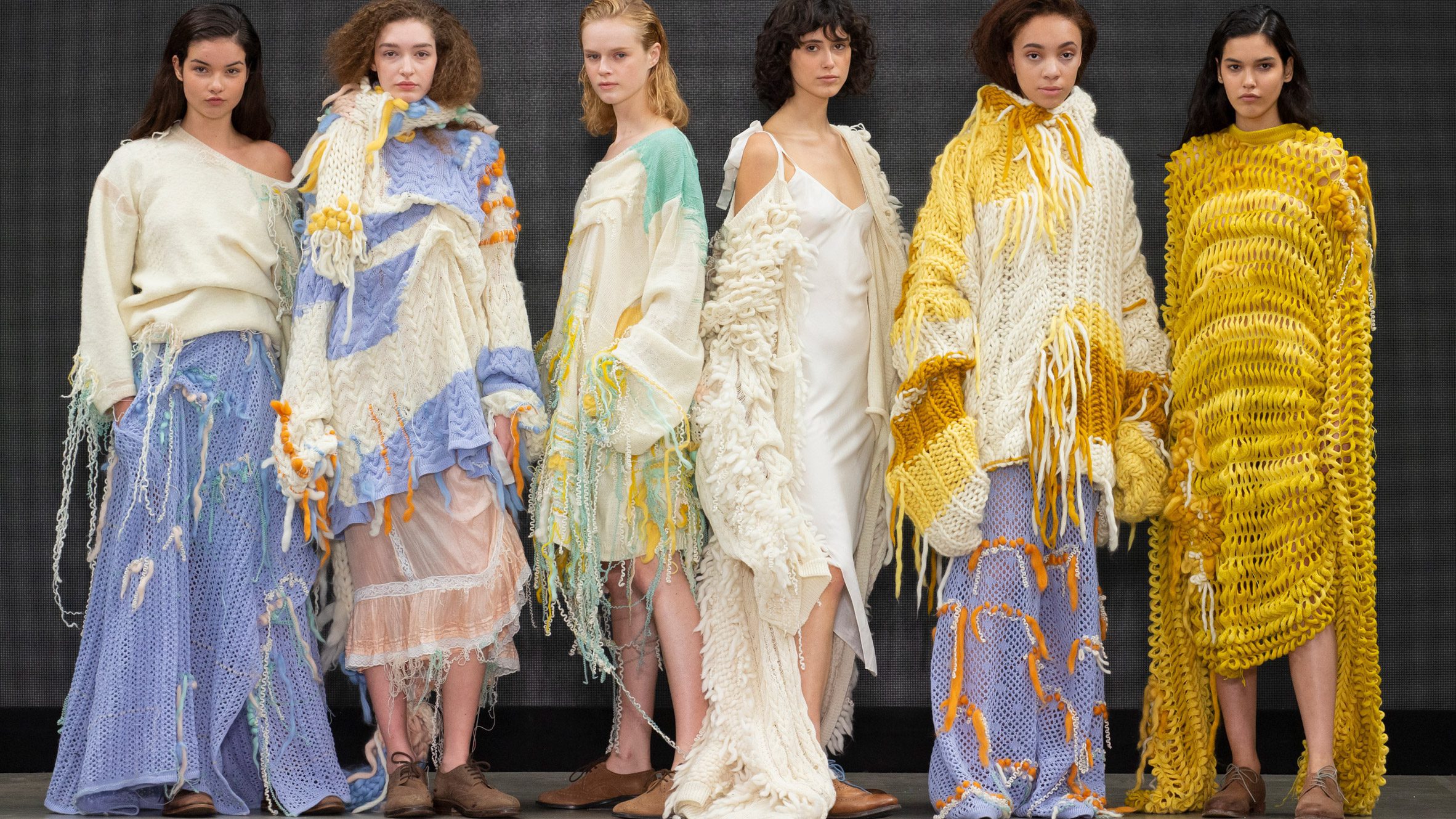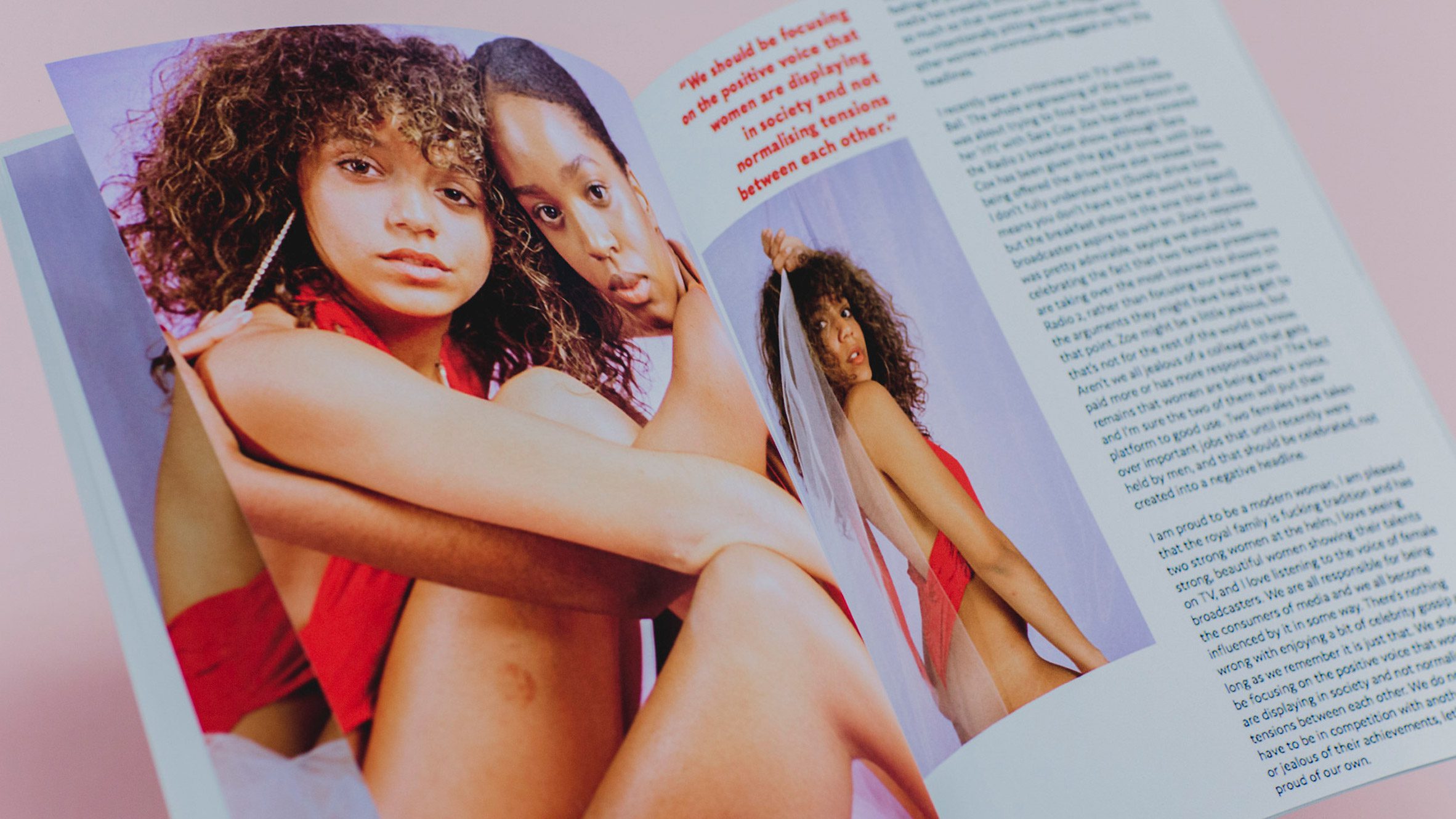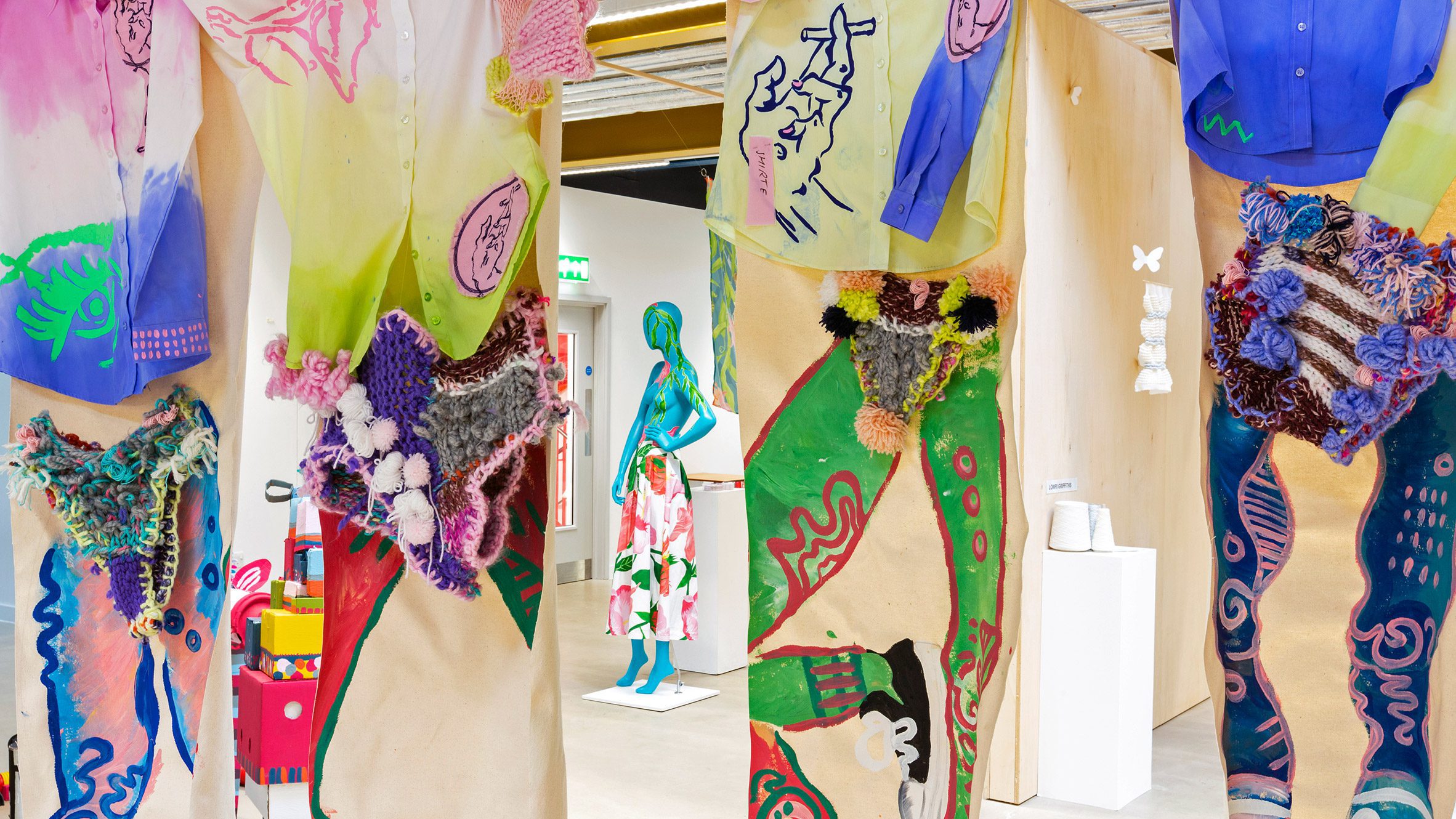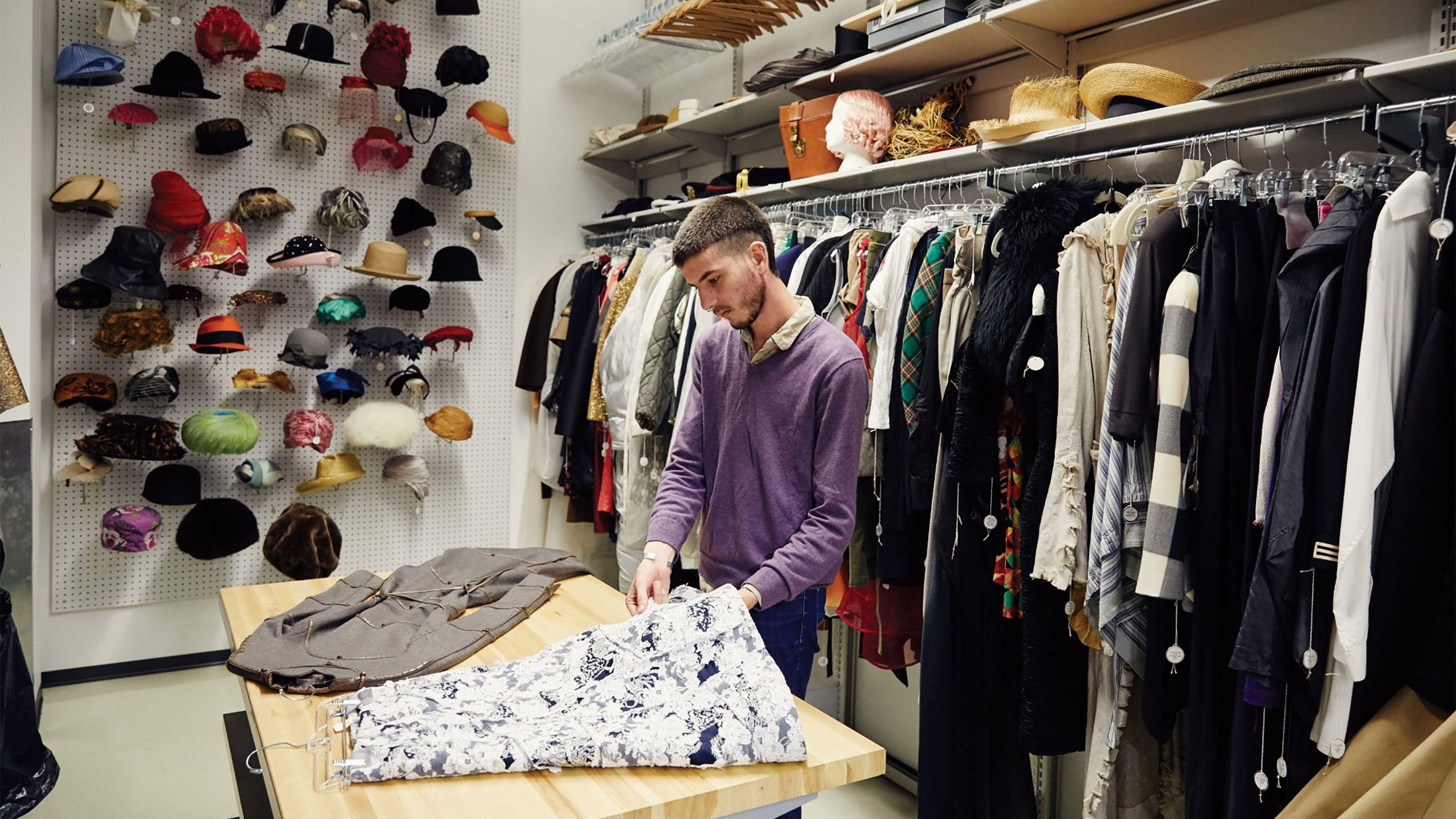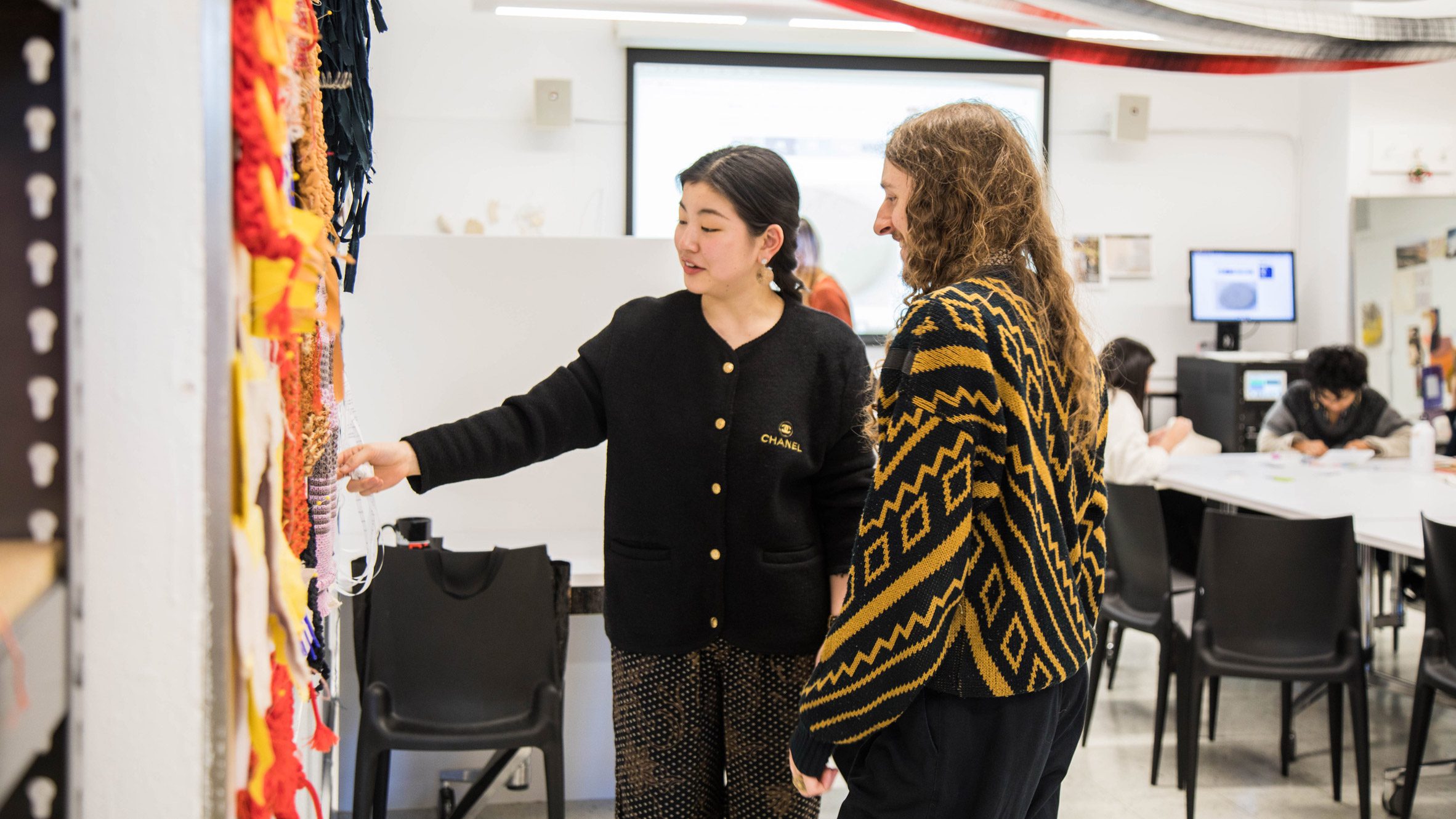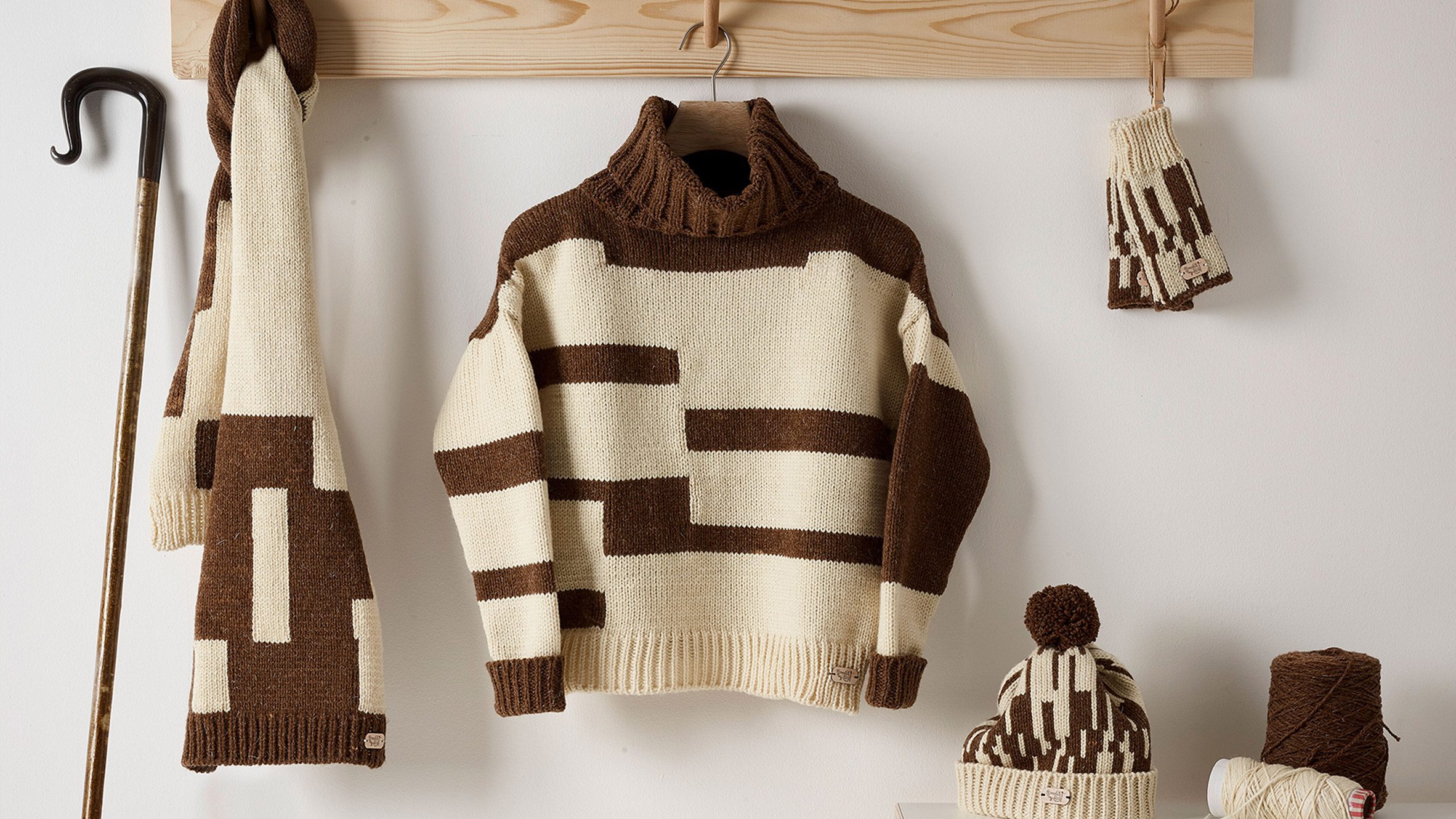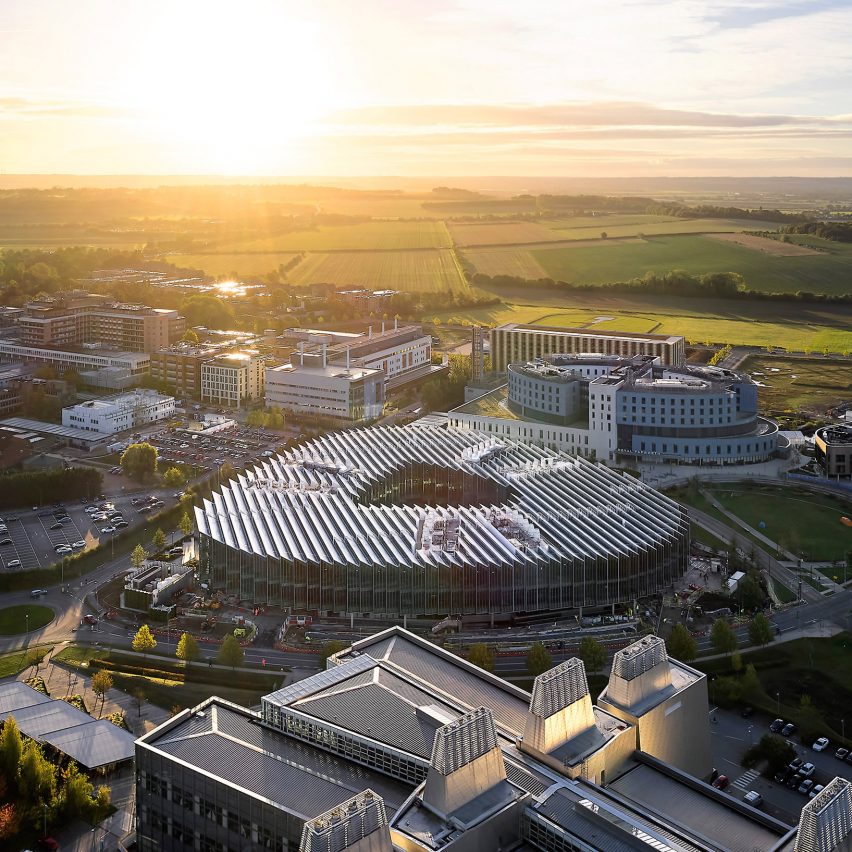
Swiss studio Herzog & de Meuron has completed The Discovery Centre, a glass-clad facility for research and development designed for pharmaceutical company AstraZeneca in Cambridge.
The research centre, which is shaped like a triangular guitar plectrum and features a sawtooth-shaped roof, is located in the middle of the Cambridge Biomedical Campus and was designed in relation to its surroundings.
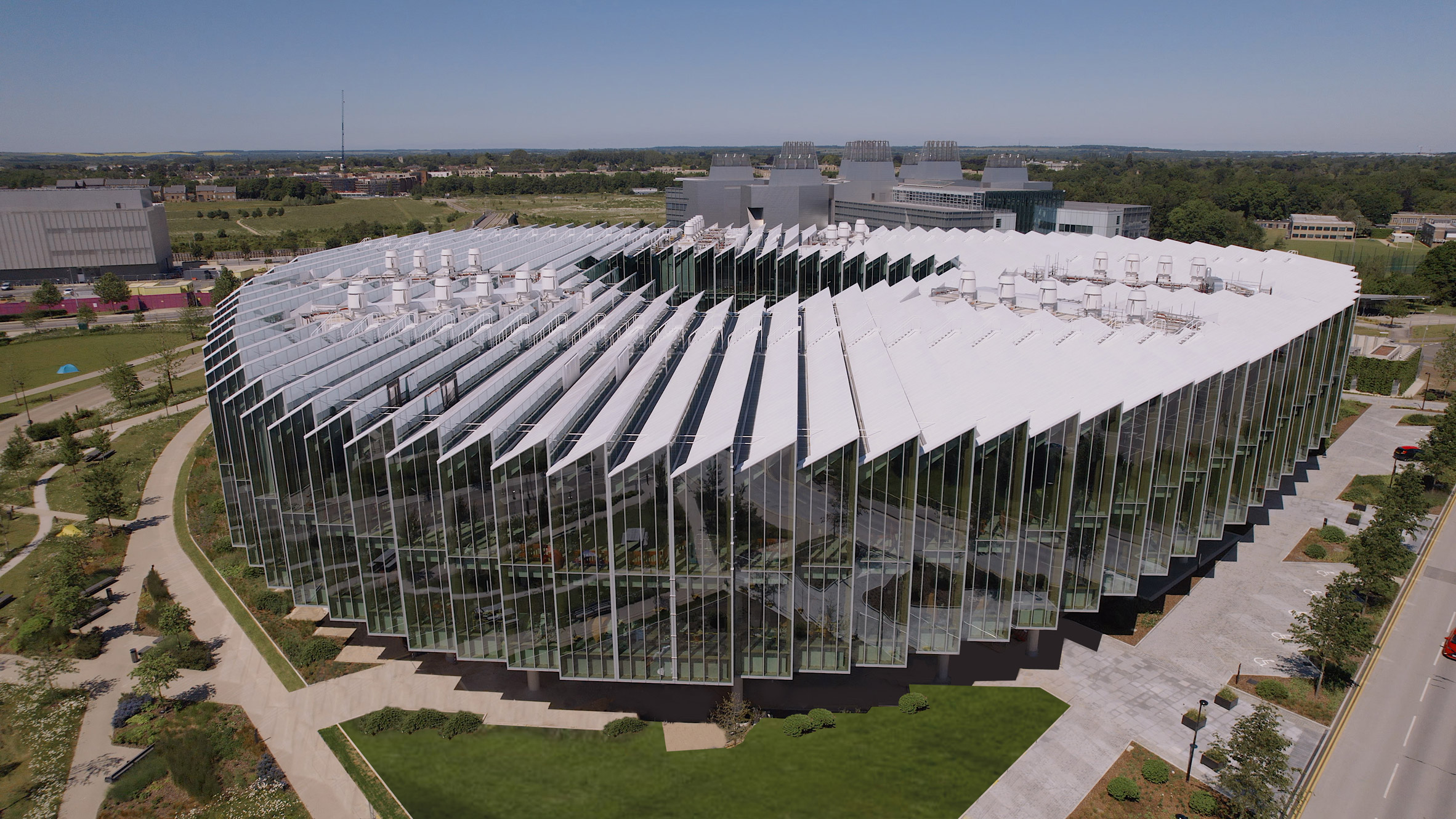
"Eight years ago, when AstraZeneca did a competition in 2013 for this project, they had a new vision for the company," Herzog & de Meuron architect and project director Tomislav Dushanov told Dezeen.
"[They] wanted to basically shift the focus in their company to science – place science in the middle of everything; make science visible."
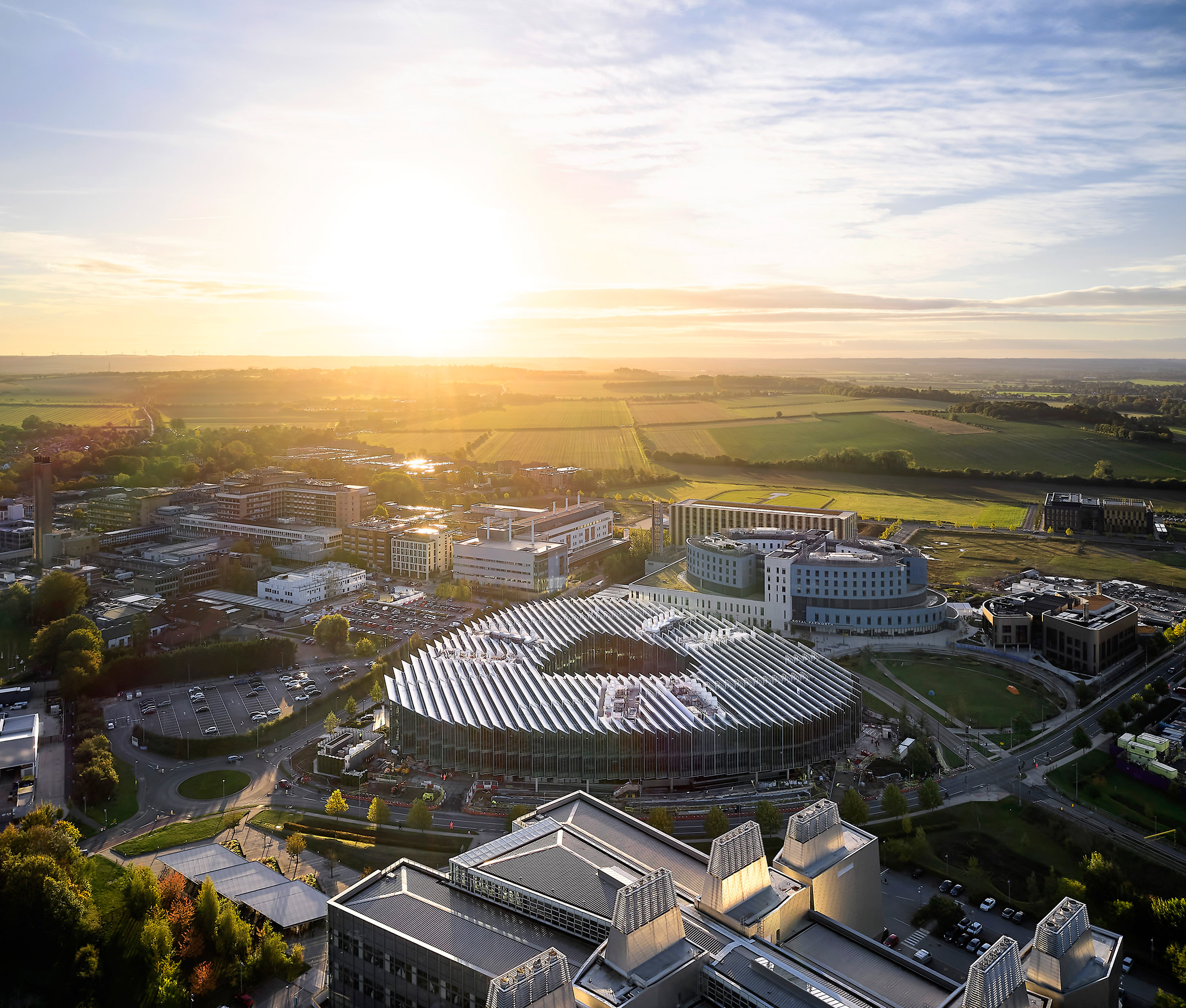
AstraZeneca's brief for the architects was to create a building that placed the emphasis on the scientific research that was taking place inside, rather than hiding it away. The company also wanted the centre to be an inviting space.
"AstraZeneca said: 'when we move to Cambridge we will be in the middle of this campus, we will be in the middle of our competition, so instead of pushing everybody away, we will invite everybody in'," Dushanov said.
"So this was the business idea, which we had to turn into an architectural idea."
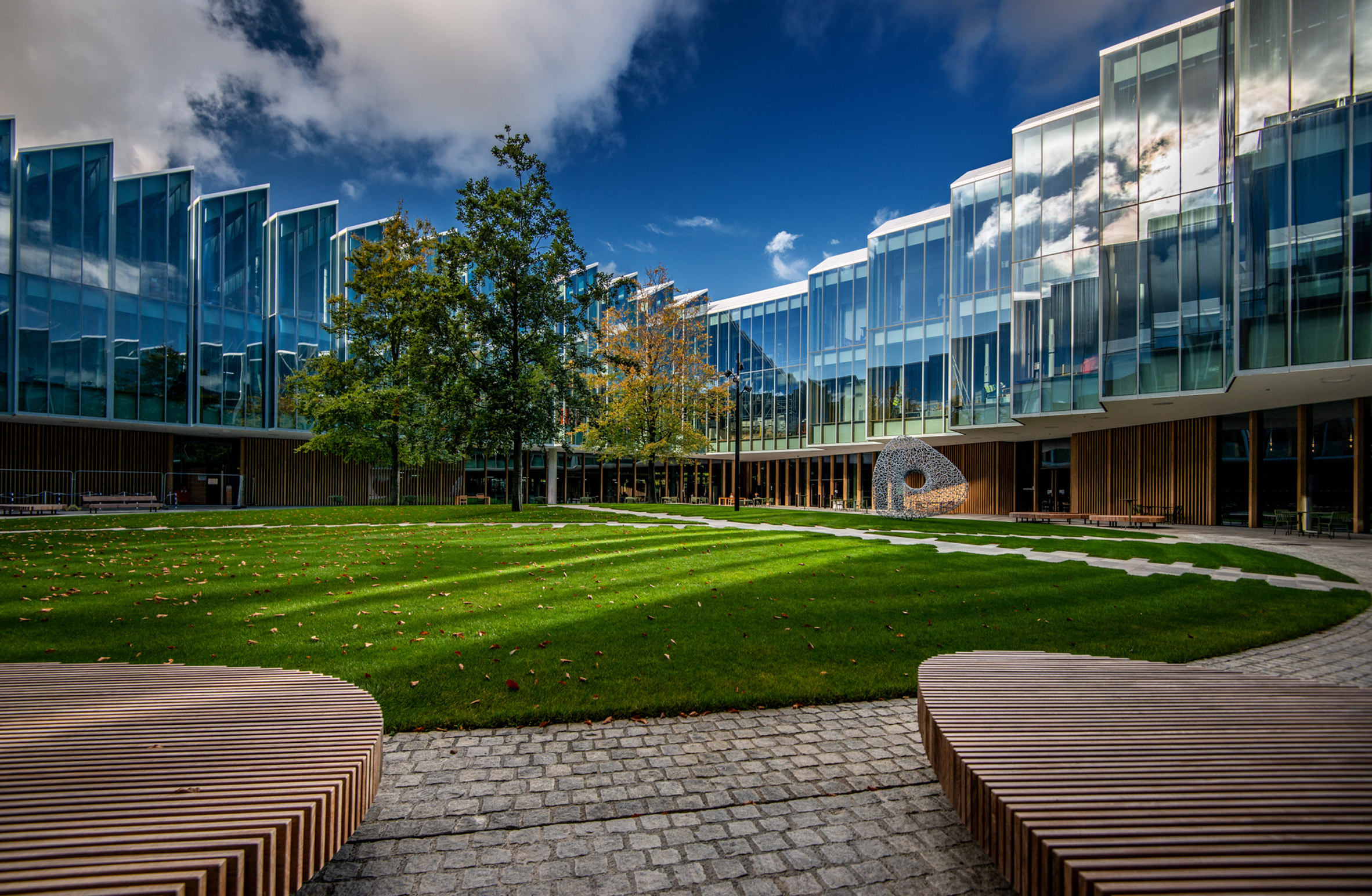
Known as The Discovery Centre (DISC), the resulting 20-metre-high building is shaped like a triangle to make full use of the site.
"By occupying the entire site we created facades along all the streets around, something which is not happening in the other buildings," Dushanov explained.
"The other buildings are kind of objects sitting within green fields, while we bring a bit of an urban quality by aligning with the street and creating the streetscape."
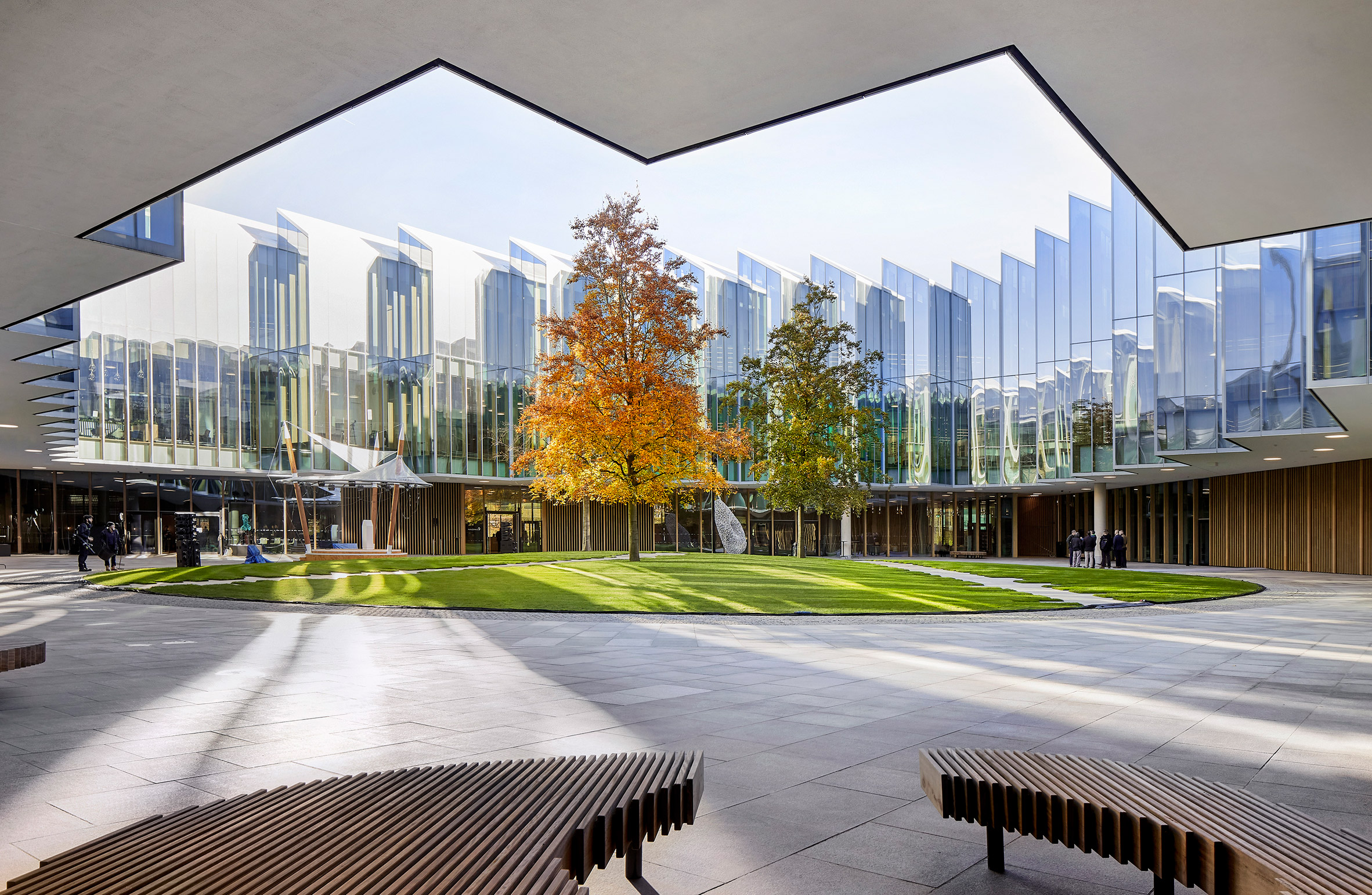
The three-storey DISC has a concrete structure with a fully-glazed wooden facade. The upper floors of the building, which have a stepped glass facade, sit on six rectangular glass boxes that have been grouped in three pairs around an open courtyard.
These boxes run vertically through all floors and house the laboratories, which take up 19,000 square metres of the 55,000-square-metre site.
"We have only a three-storey structure, which created this very low-laying horizontal building that also in a way responded to an idea of AstraZeneca's: not to create an imposing Big Pharma corporate piece, but something which is more nested in the neighbourhood," Dushanov said.
"It doesn't feel large because it is low," he added. "We created this glazed facade, which reflects everything around it, but we also broke the building into almost like row houses."
"This zigzag that you see is a further breakdown of the scale of the building, so that you don't feel this huge magnitude."
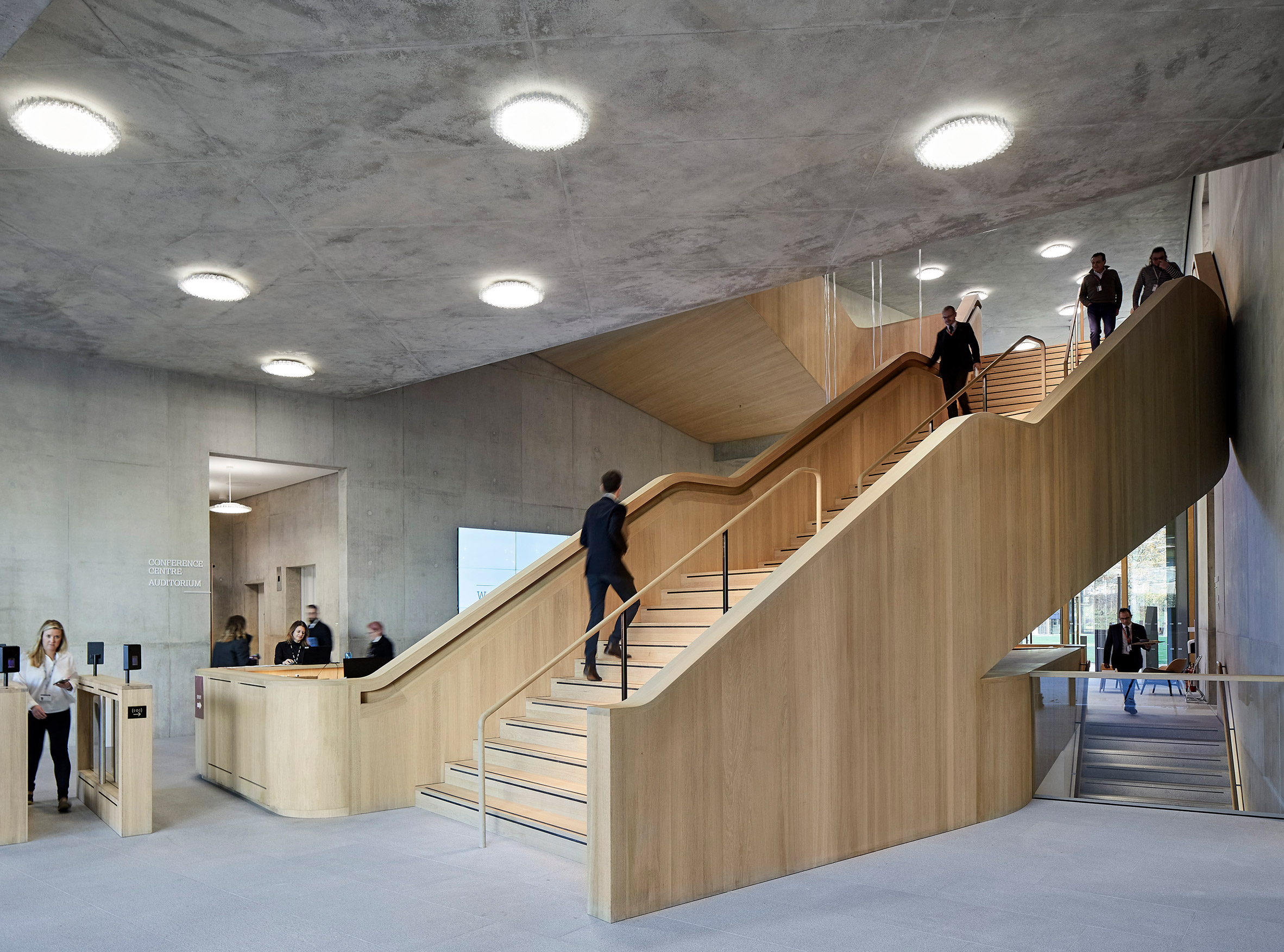
Inside the centre, the laboratories have floor-to-ceiling windows to "make science visible for employees and visitors", Herzog & de Meuron said.
Workspaces have an open-plan layout, with contrasting colours and materials chosen for the lab areas, the social areas and other workspaces.
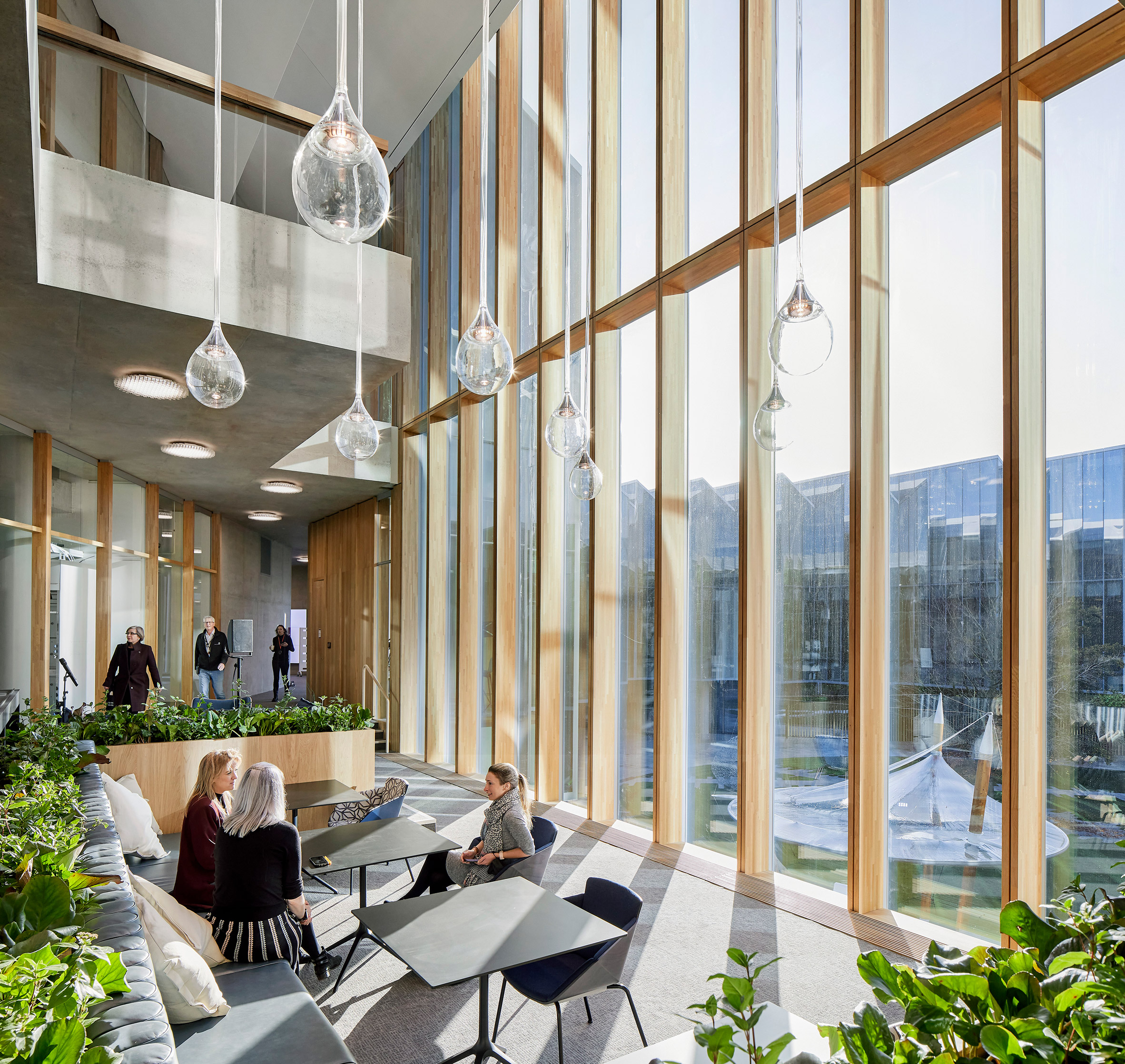
"We wanted to have a very simple material palette, which directly reflects the programme of the building," Dushanov said.
"The laboratory is the colour of science, white, for its purity and for its cleanness," he added.
"And the spaces outside them are in much more organic material and much more tactile – it is a natural oak facade, both for the outer facade and for the facade of the laboratories. Same for the floor. And people outside of the science box can be directly linked and see the people inside."
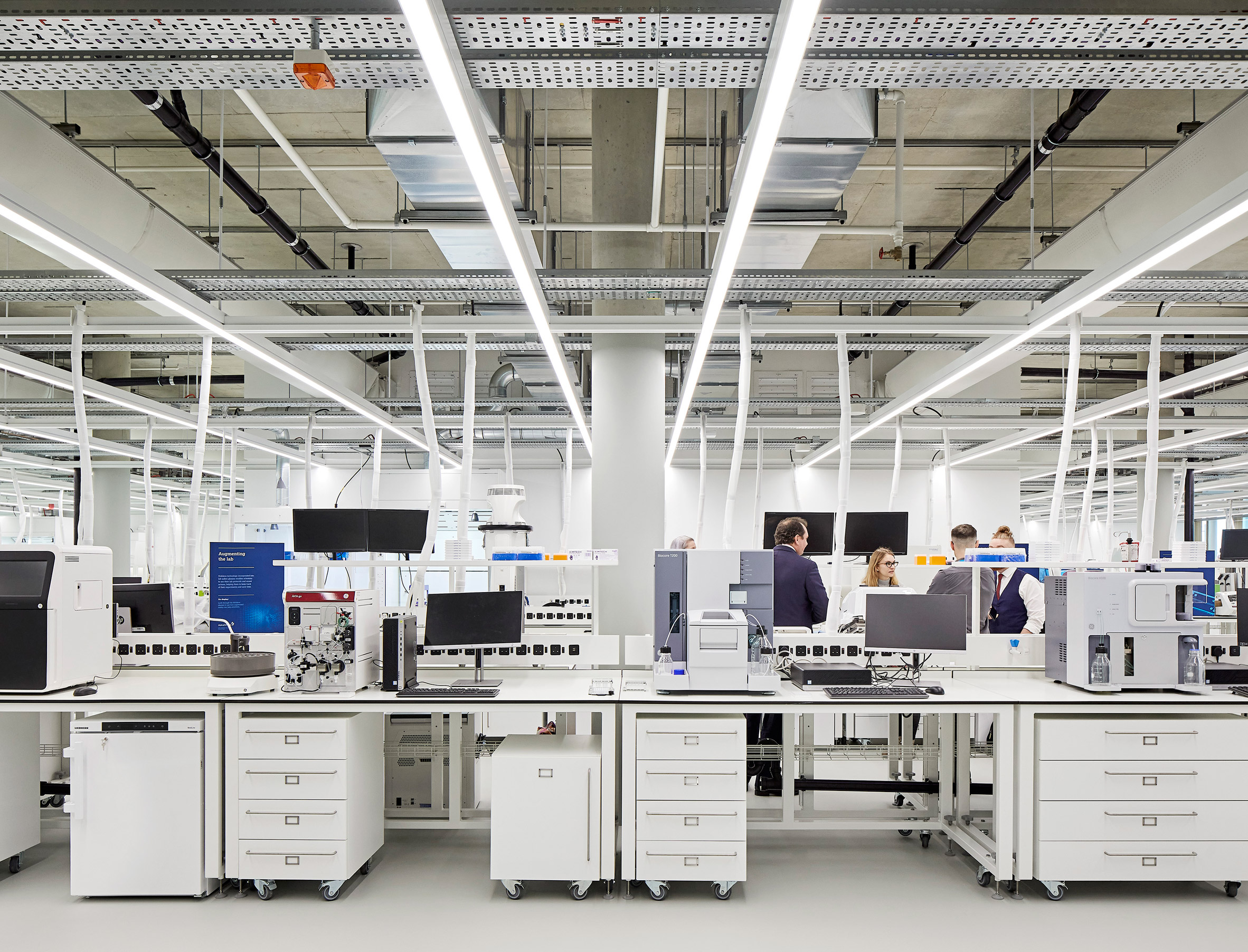
As well as the laboratories and other workspaces, DISC also has a conference centre, an auditorium, a cafe and a restaurant, all located on the ground floor of the building.
The centre is heated by 174 boreholes that provide geothermal energy and also has four hybrid cooling towers, as well as a ground source heat pump. In addition, the building was designed with high levels of insulation to ensure energy efficiency.
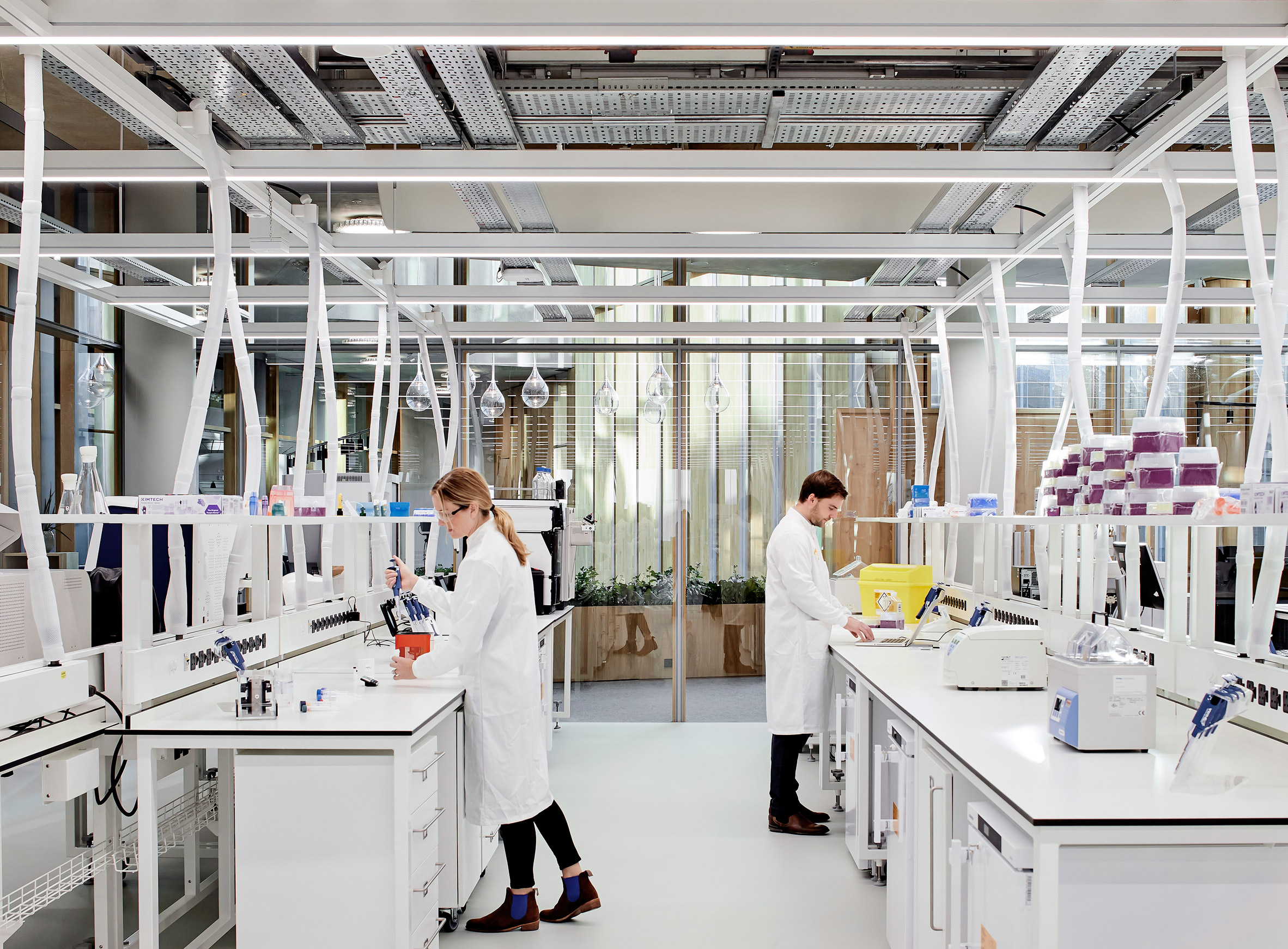
Herzog & de Meuron's design for the sawtooth glass roof also means that the interiors receive plenty of natural light.
"This energy efficiency is aligned to the company’s Ambition Zero Carbon programme that commits to zero carbon emissions from its operations across the world by 2025, and for its entire value chain to be carbon negative by 2030," AstraZeneca said.
The new centre will accommodate over 2,200 scientists working on AstraZeneca's medicines. The pharmaceutical company has numerous other research centres across the globe and is perhaps best known for developing the Oxford/AstraZeneca vaccine to protect against COVID-19 together with the University of Oxford.
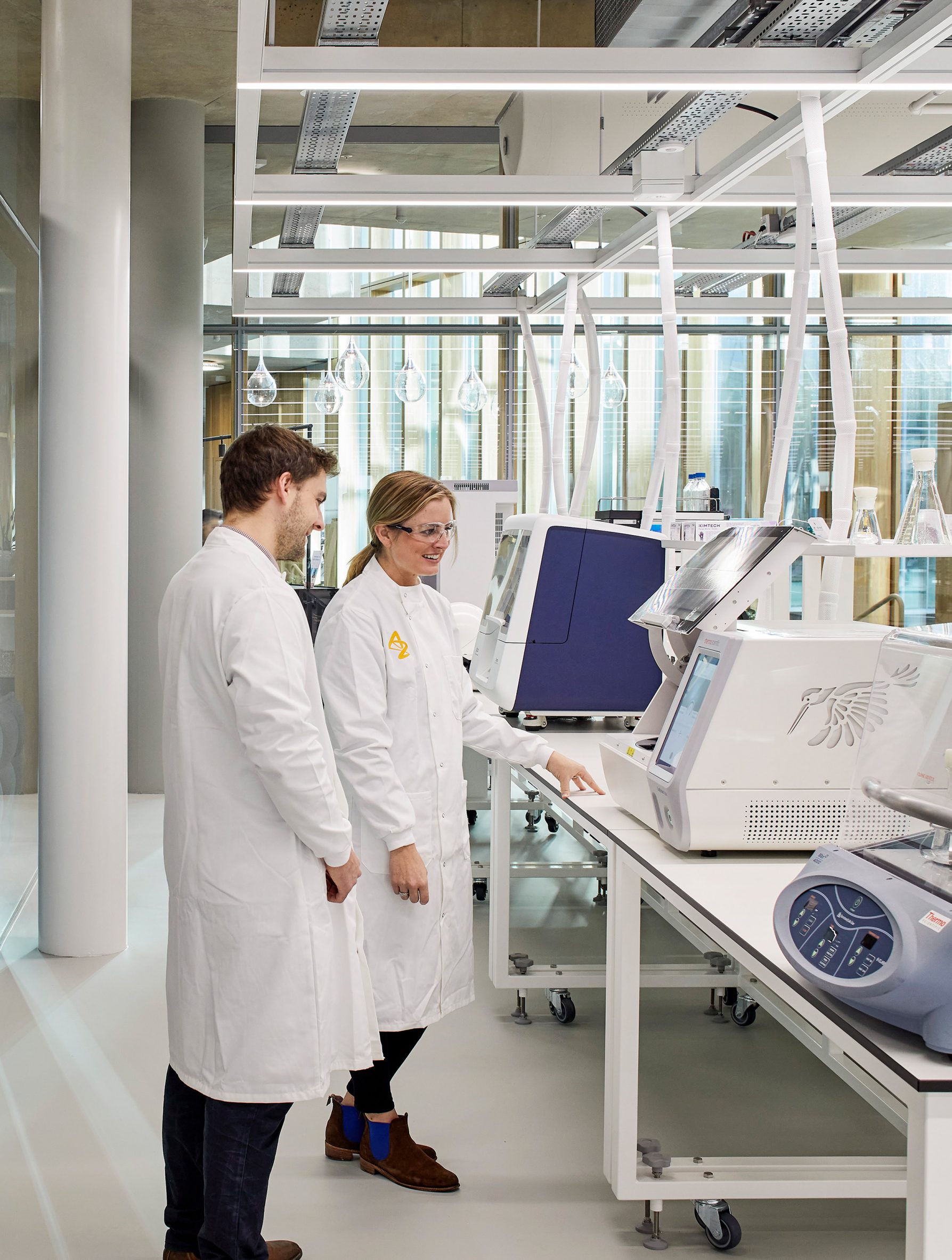
When designing the centre, Herzog & de Meuron also wanted to take into account the way in which science and public perceptions of science have changed in the last decade.
"Since we started working on that, [it has changed] from the isolated scientist who has his or her laboratory, works in isolation and comes up with the discovery, to a huge collaboration," Dushanov said. "We discussed and researched how you create space for innovation."
Other recent Herzog & de Meuron projects include the M+ museum in Hong Kong and a glass triangle skyscraper that is set to be built in Paris.
Photography is by Hufton + Crow unless otherwise stated.
The post Herzog & de Meuron unveils plectrum-shaped AstraZeneca research centre appeared first on Dezeen.
from Dezeen https://ift.tt/3GBfEux
